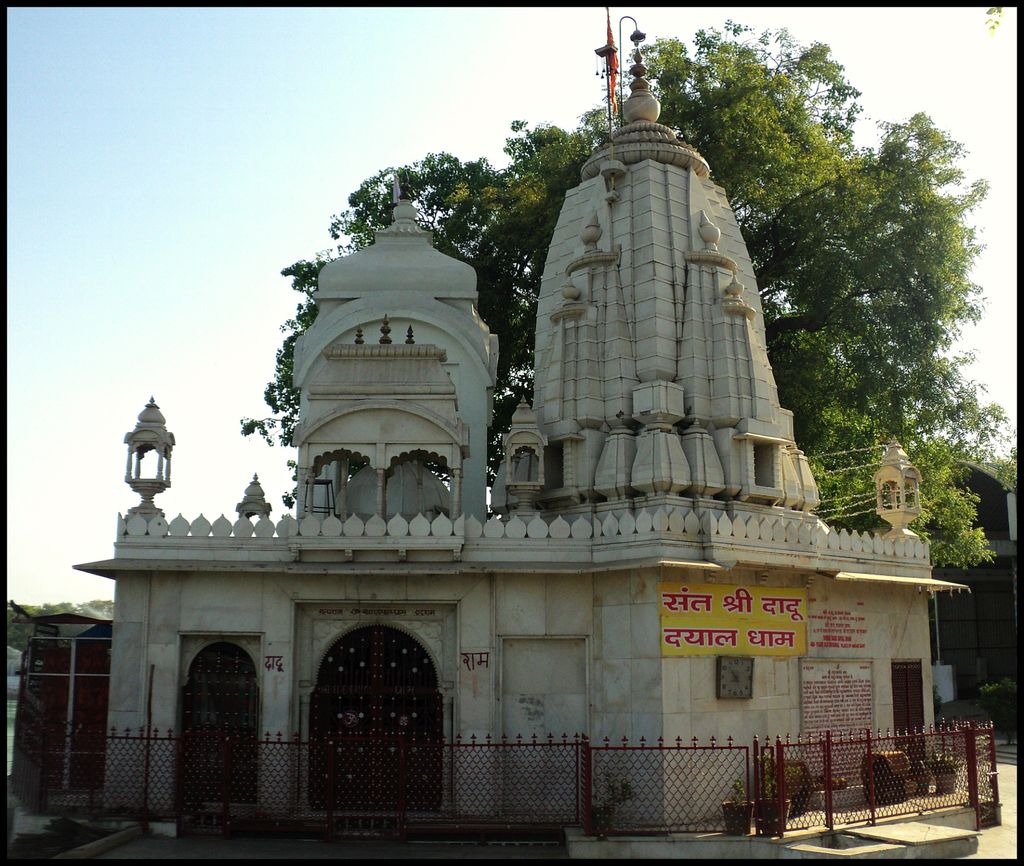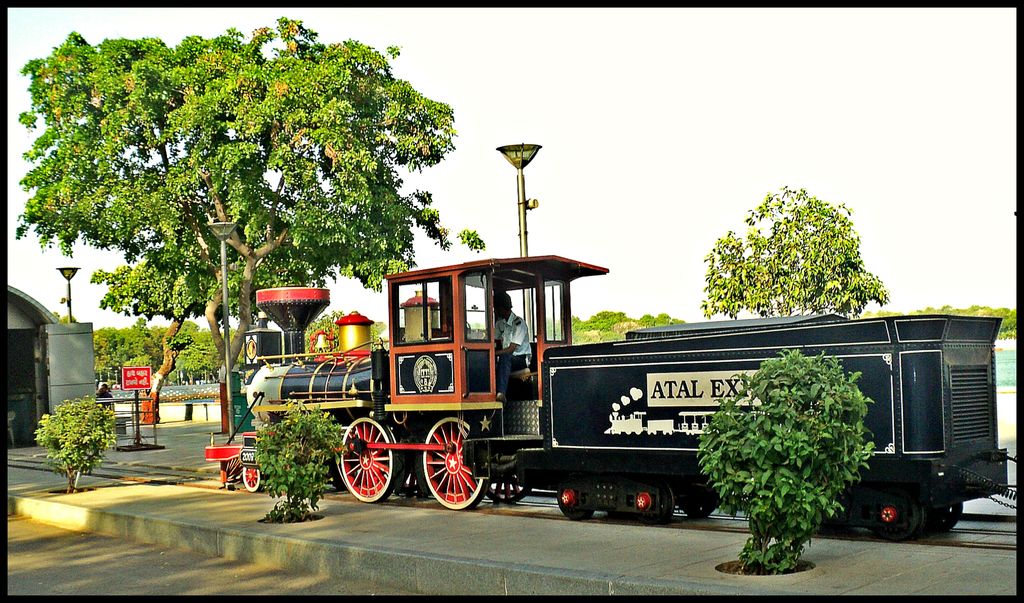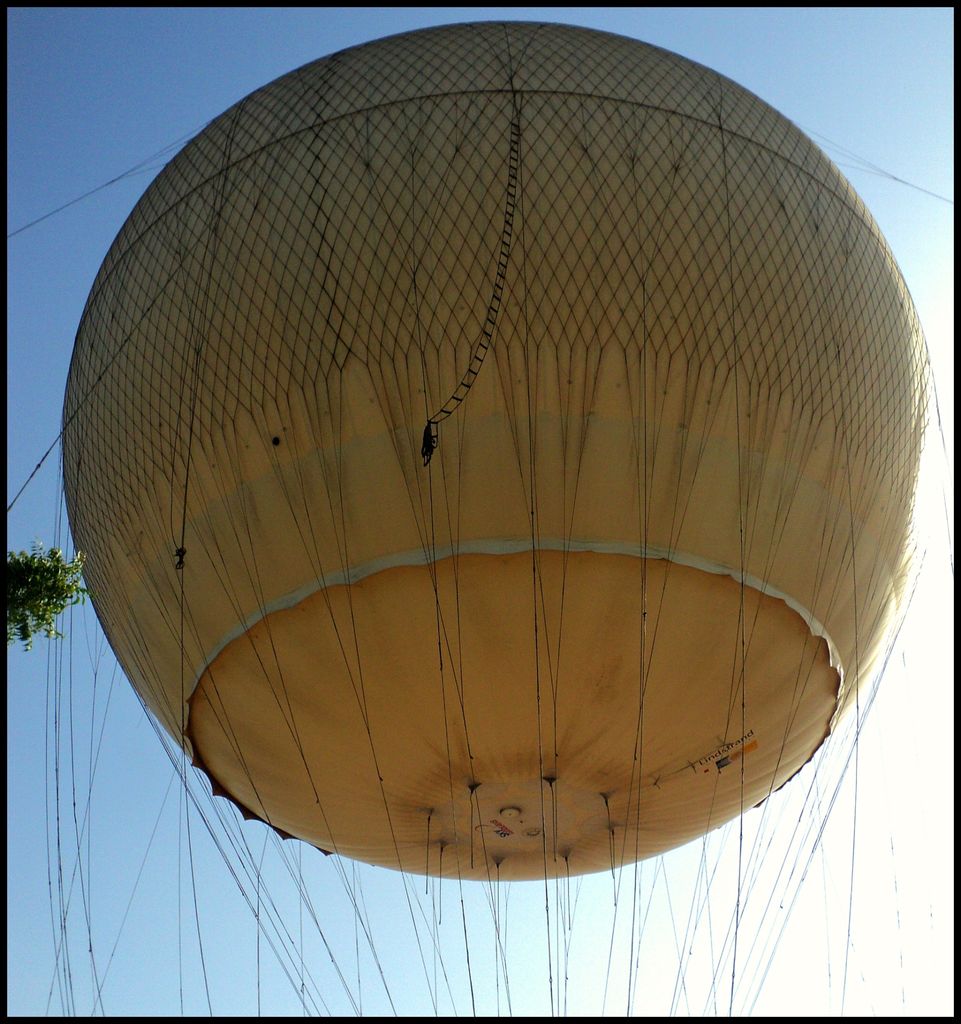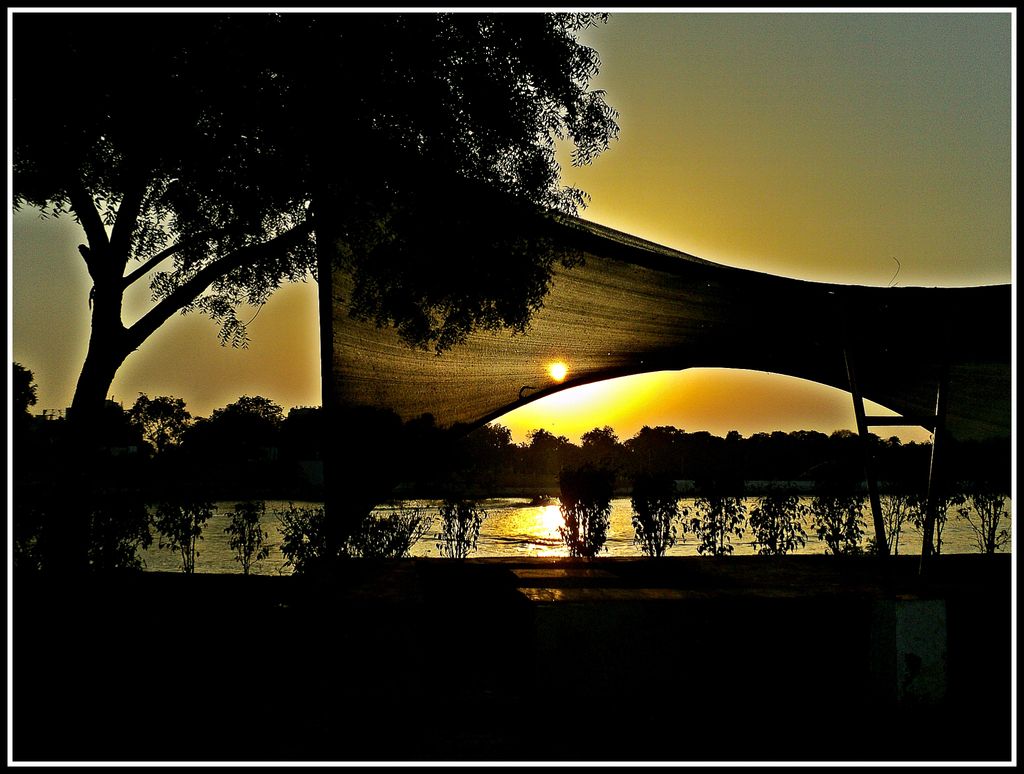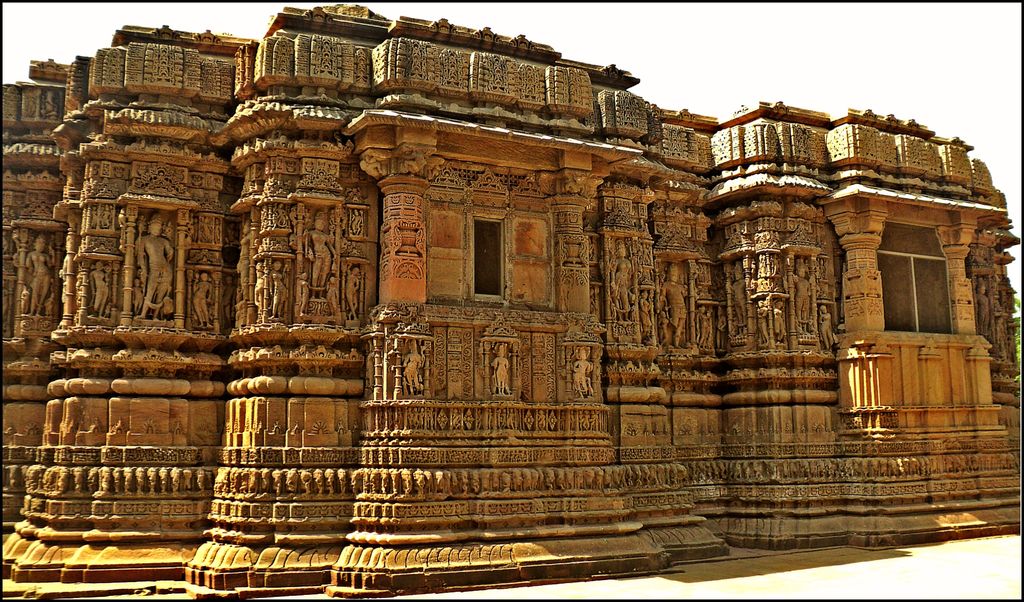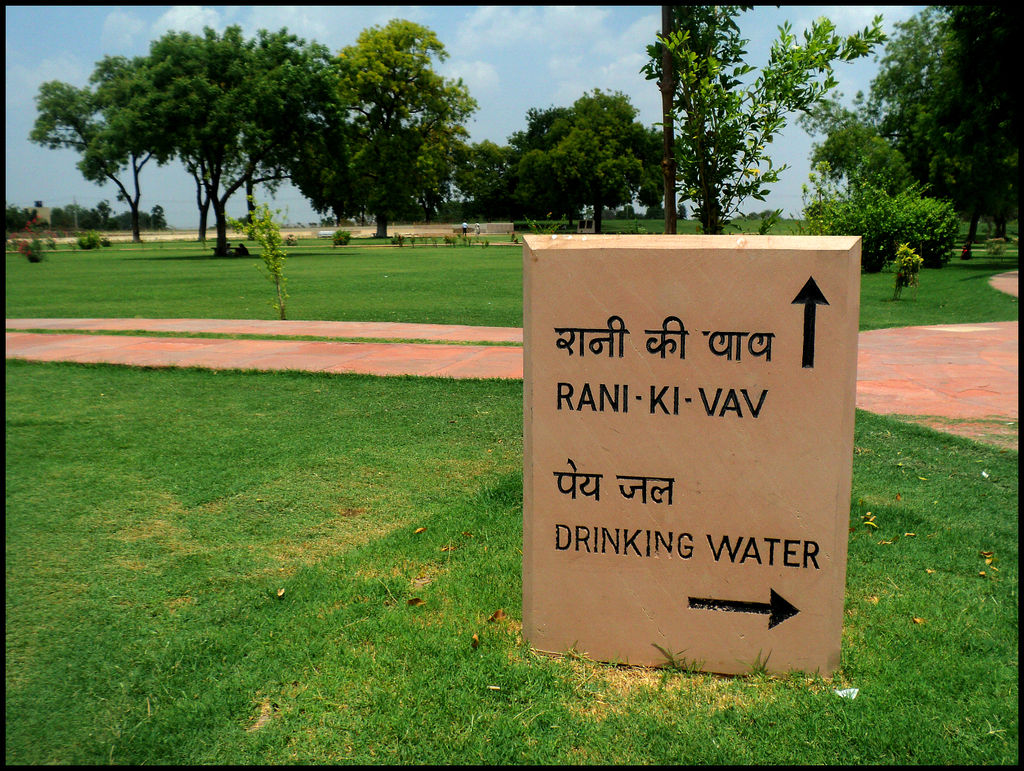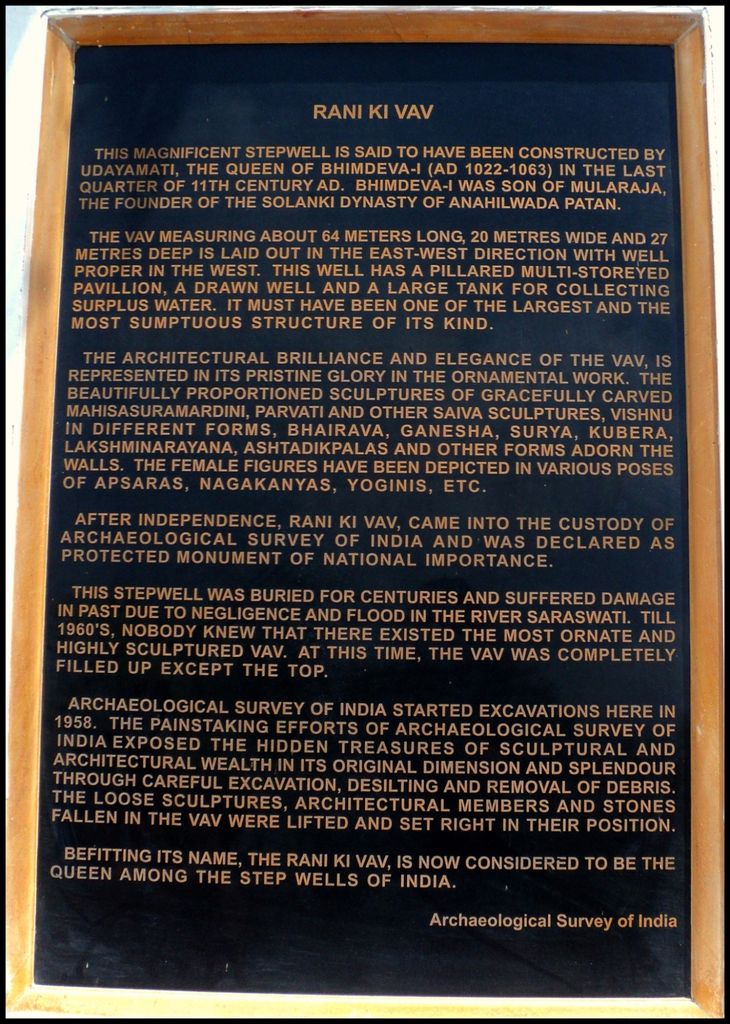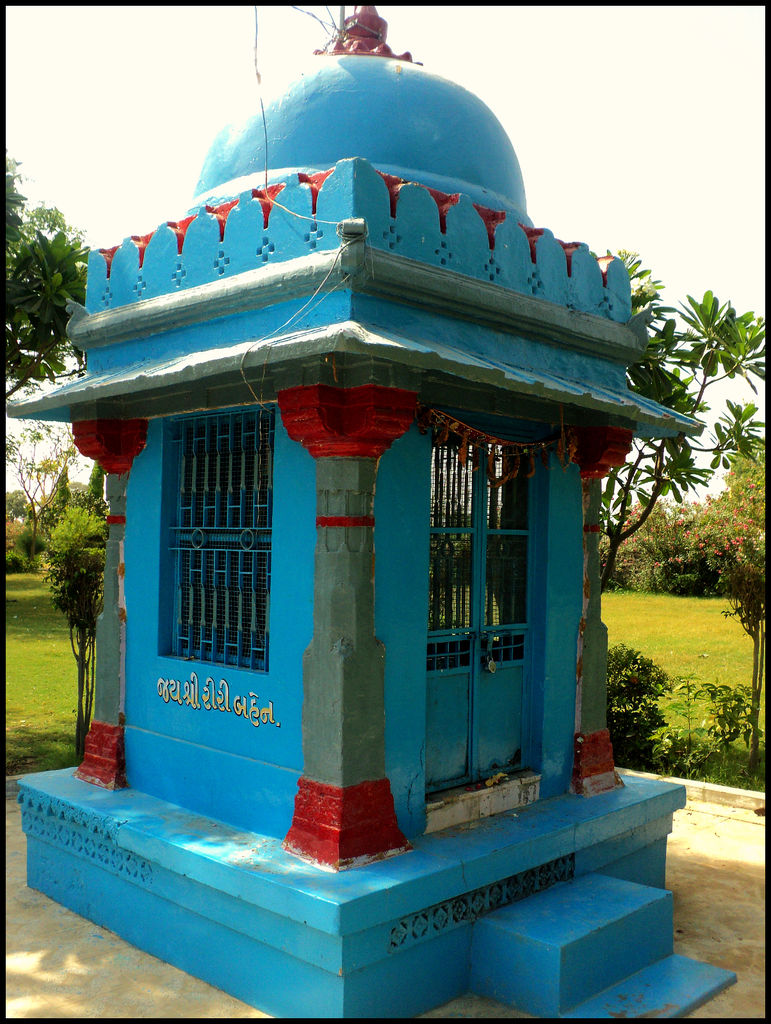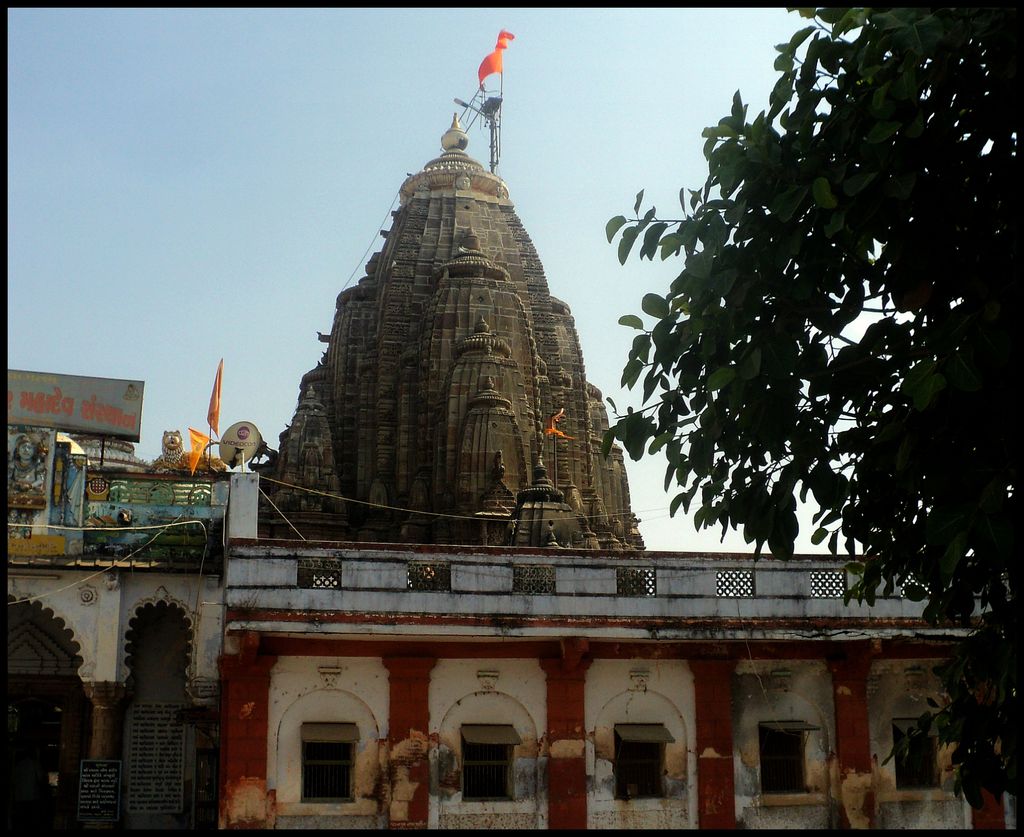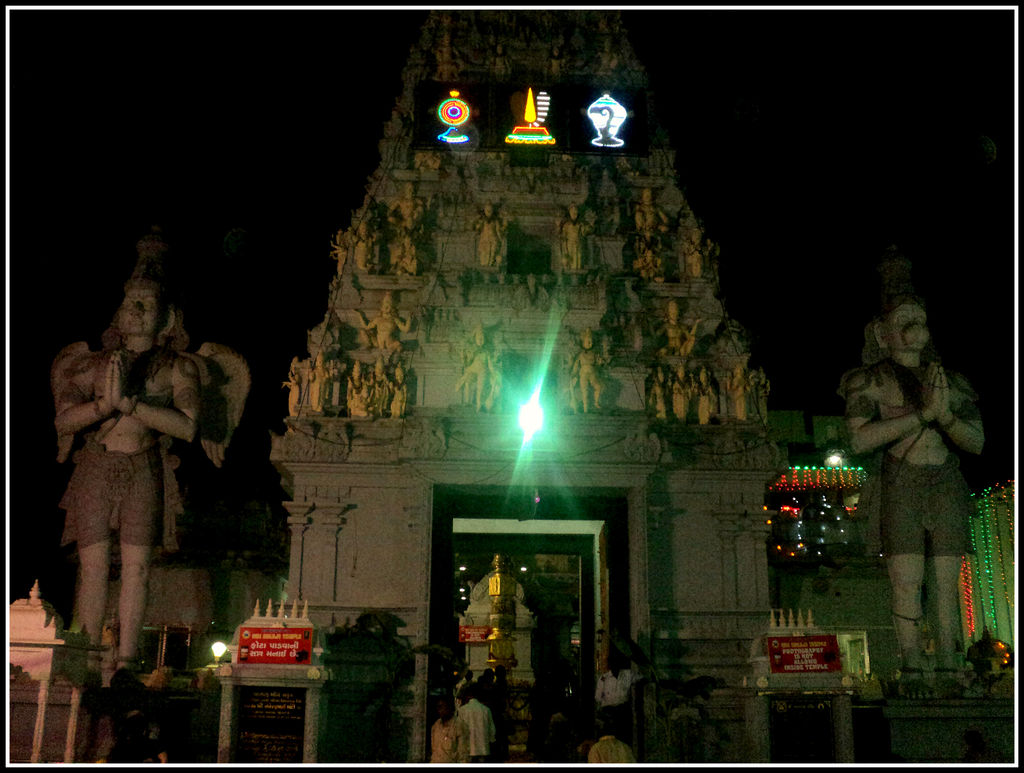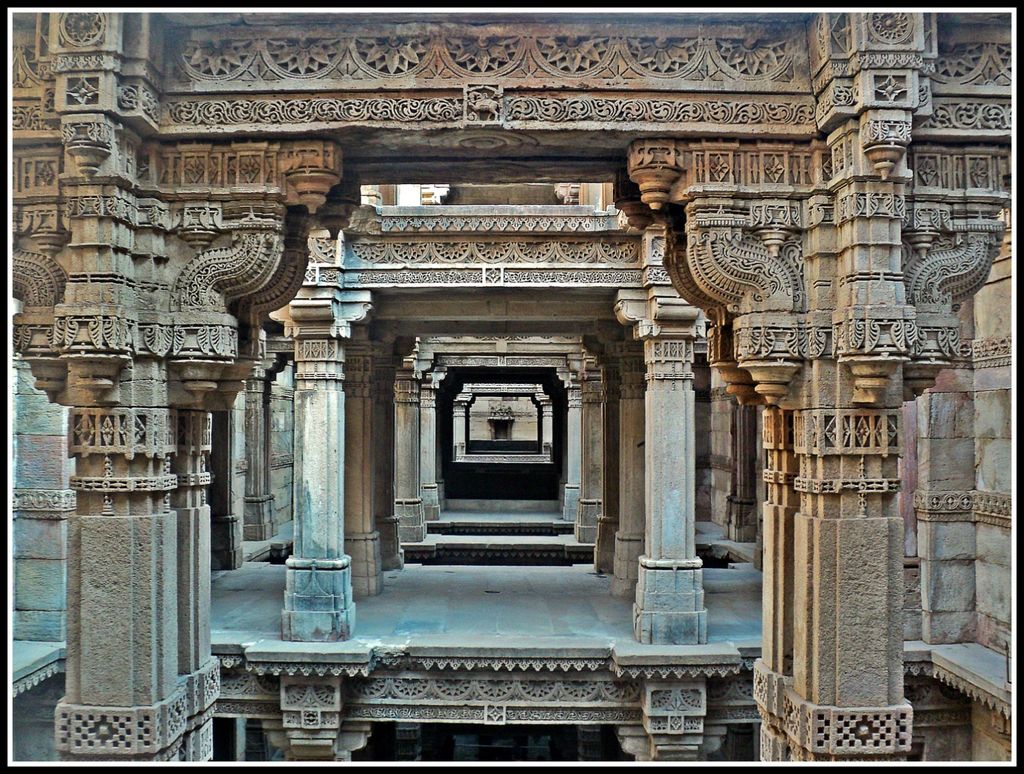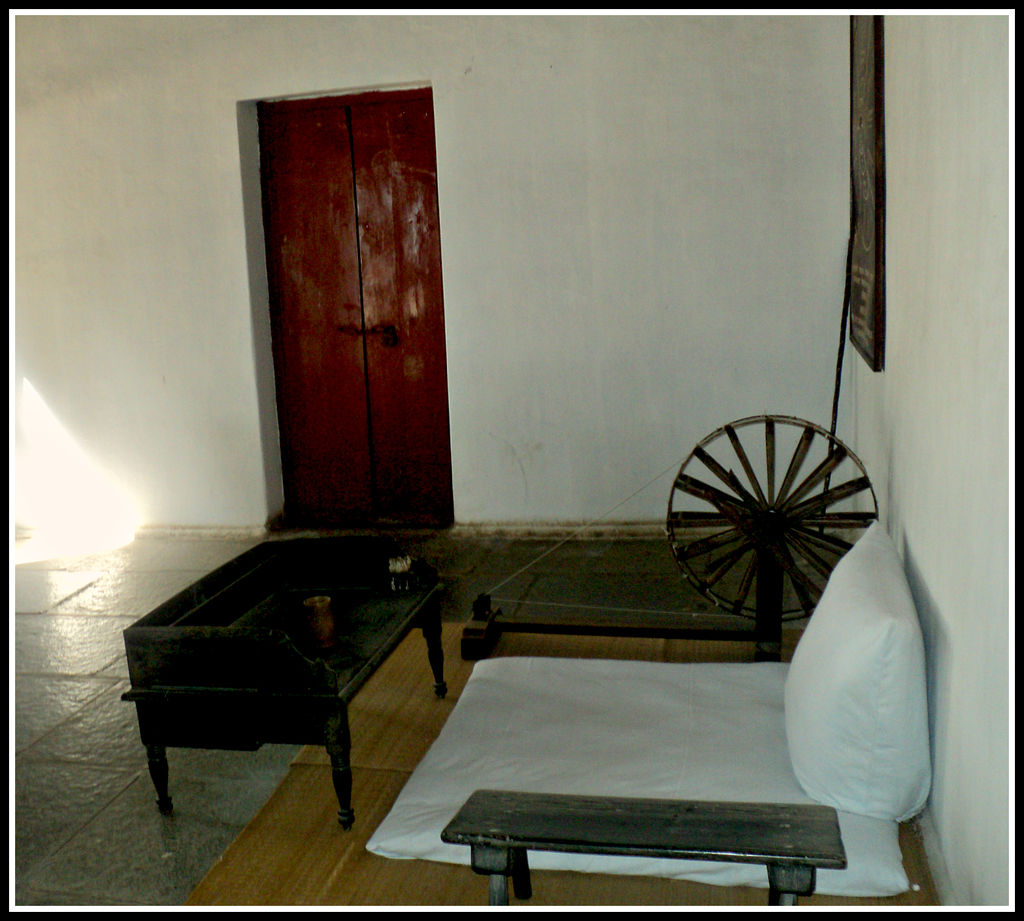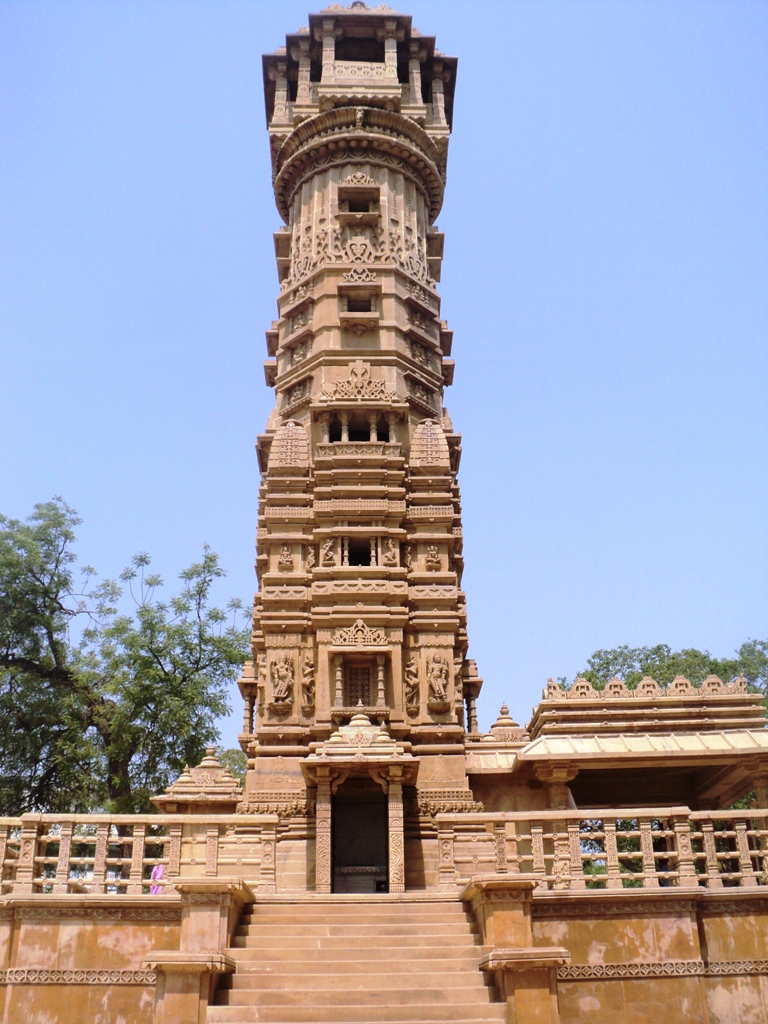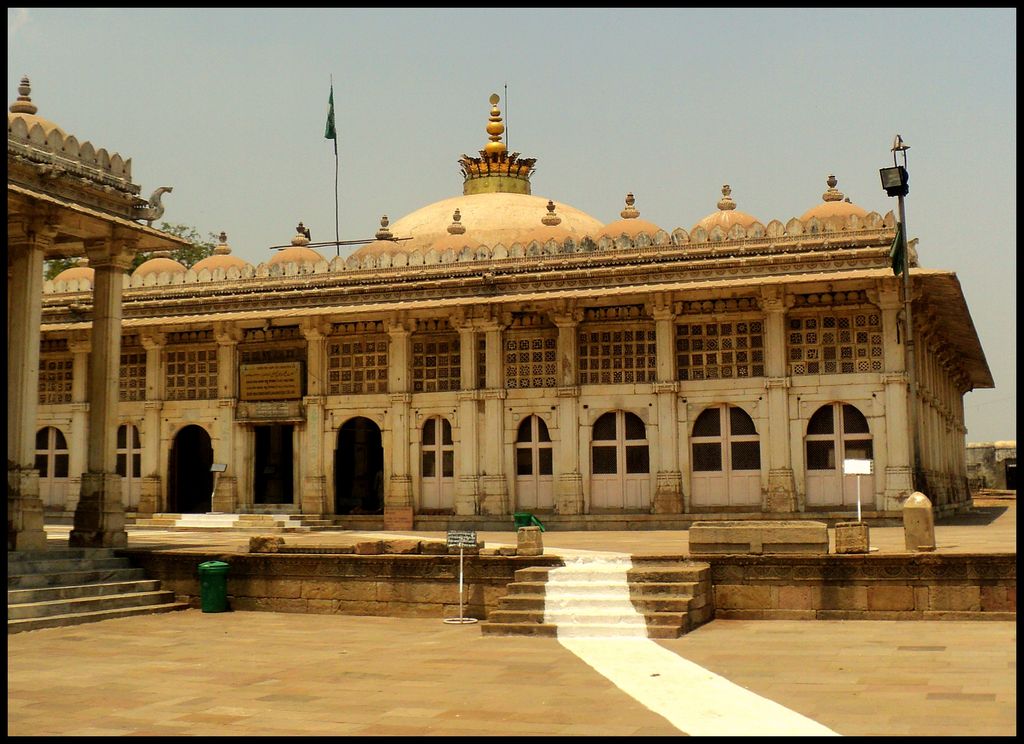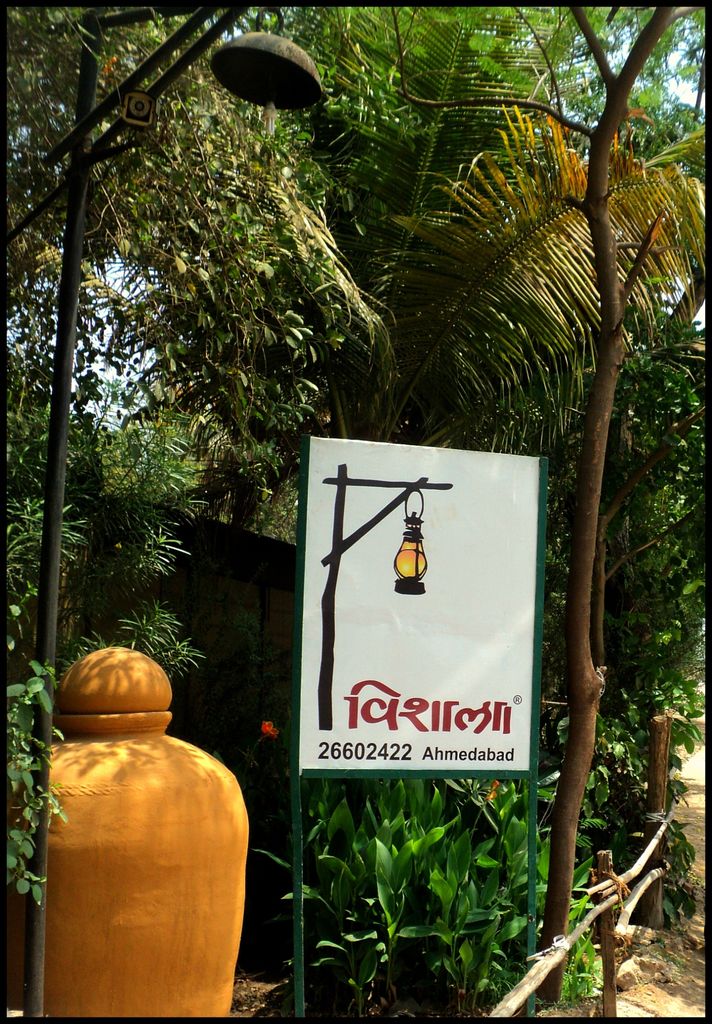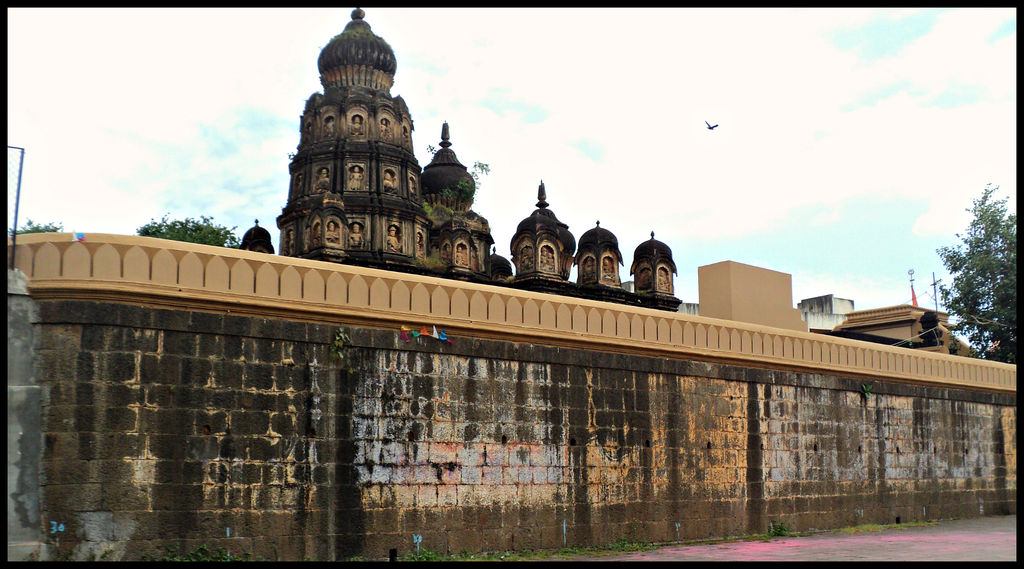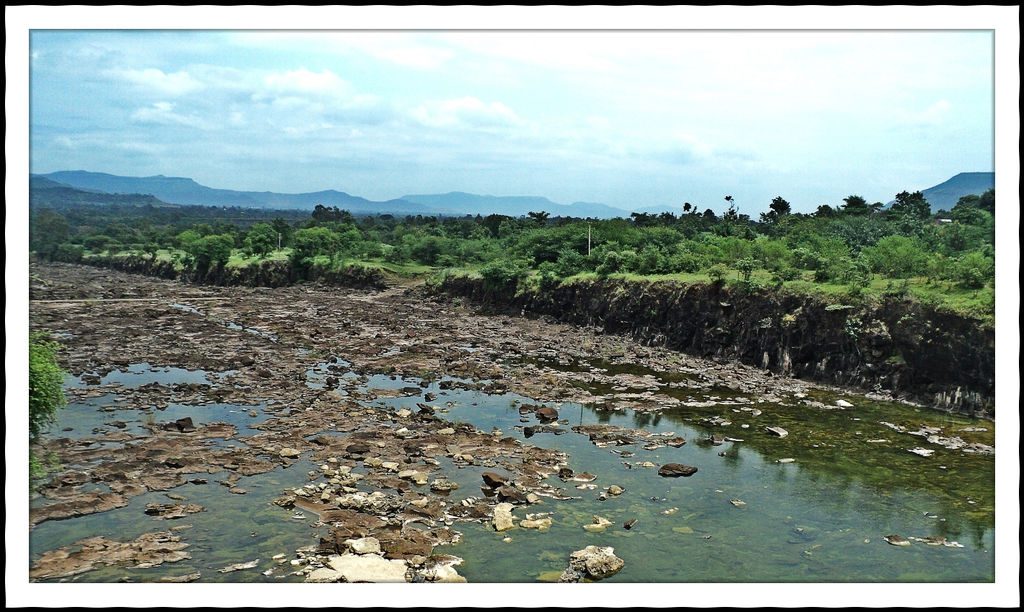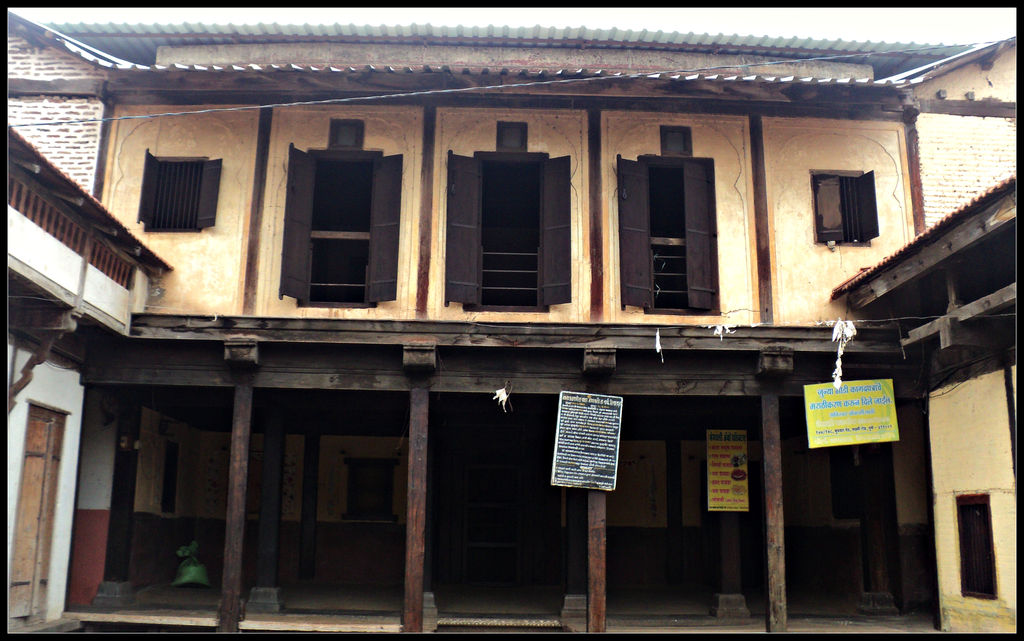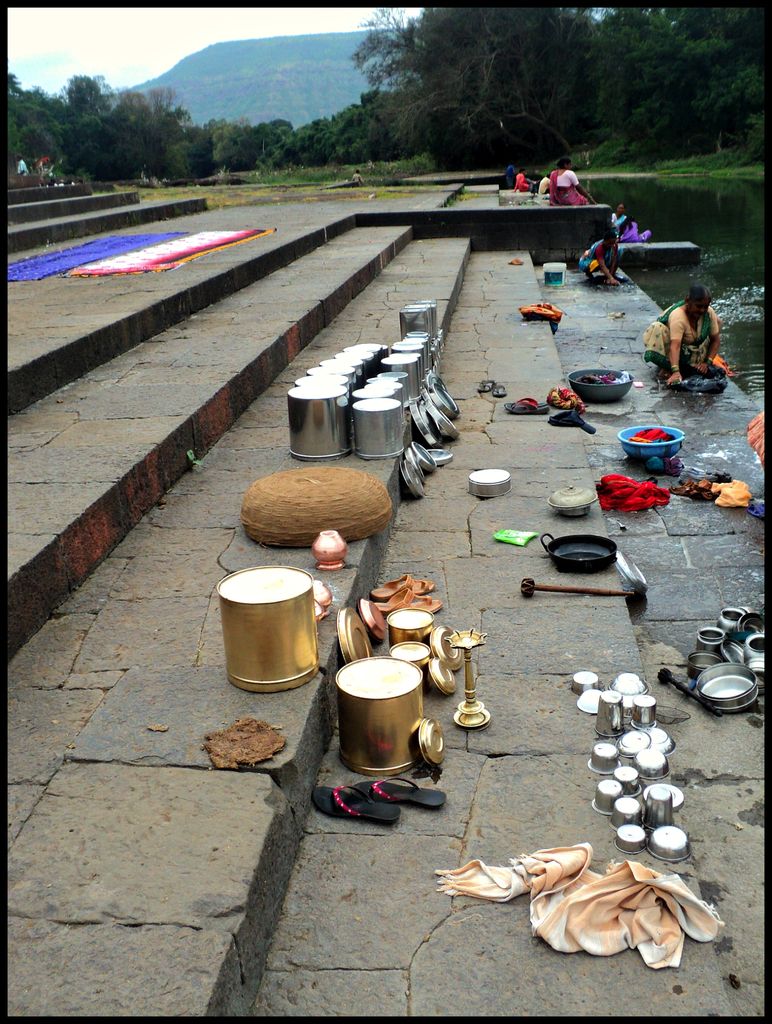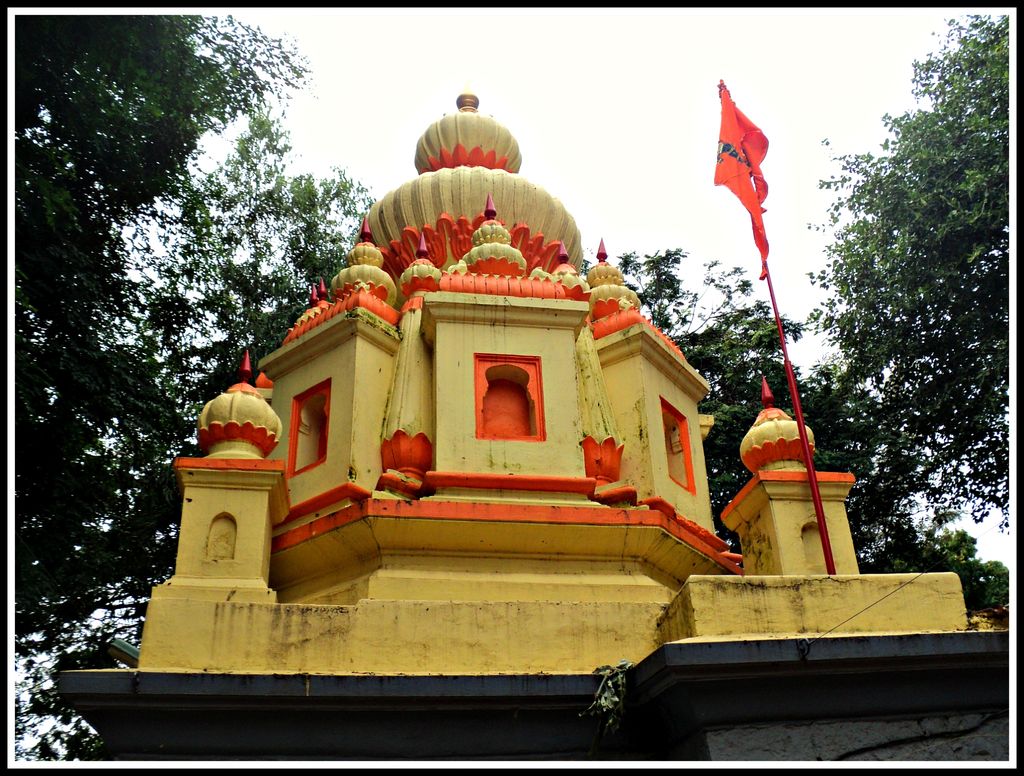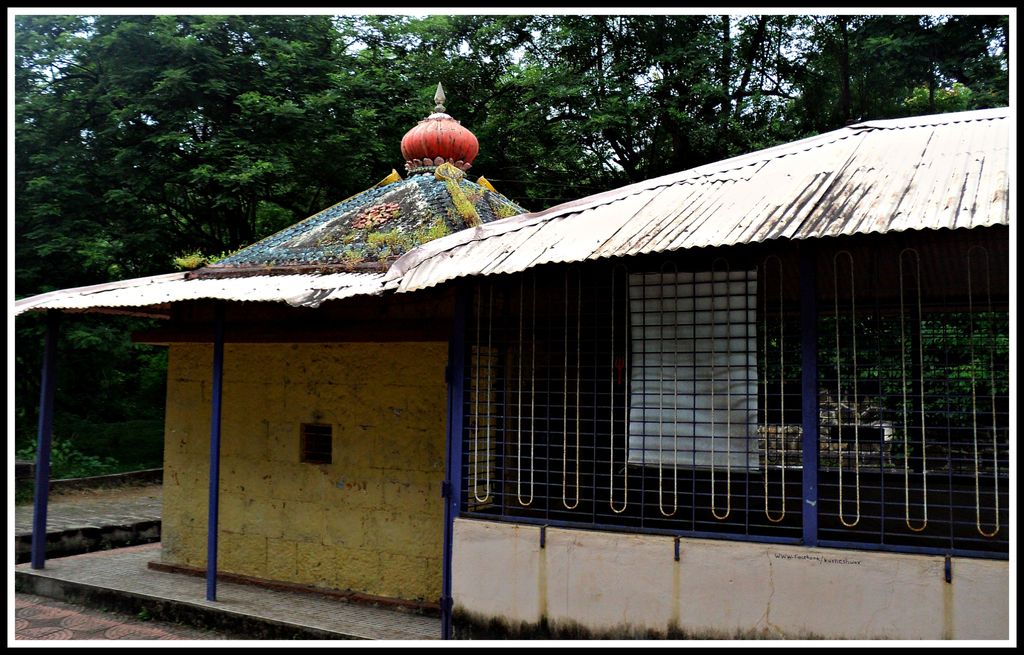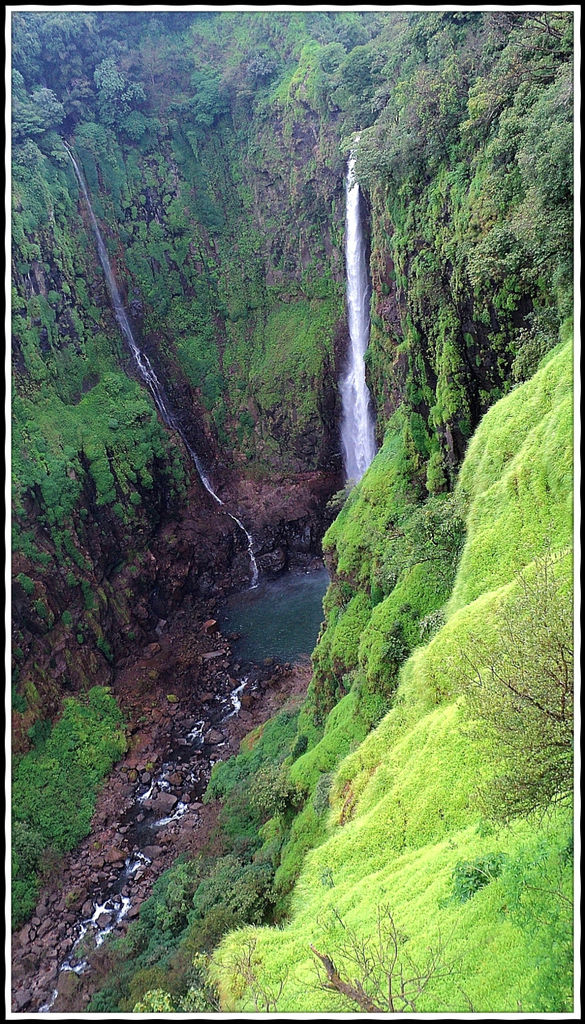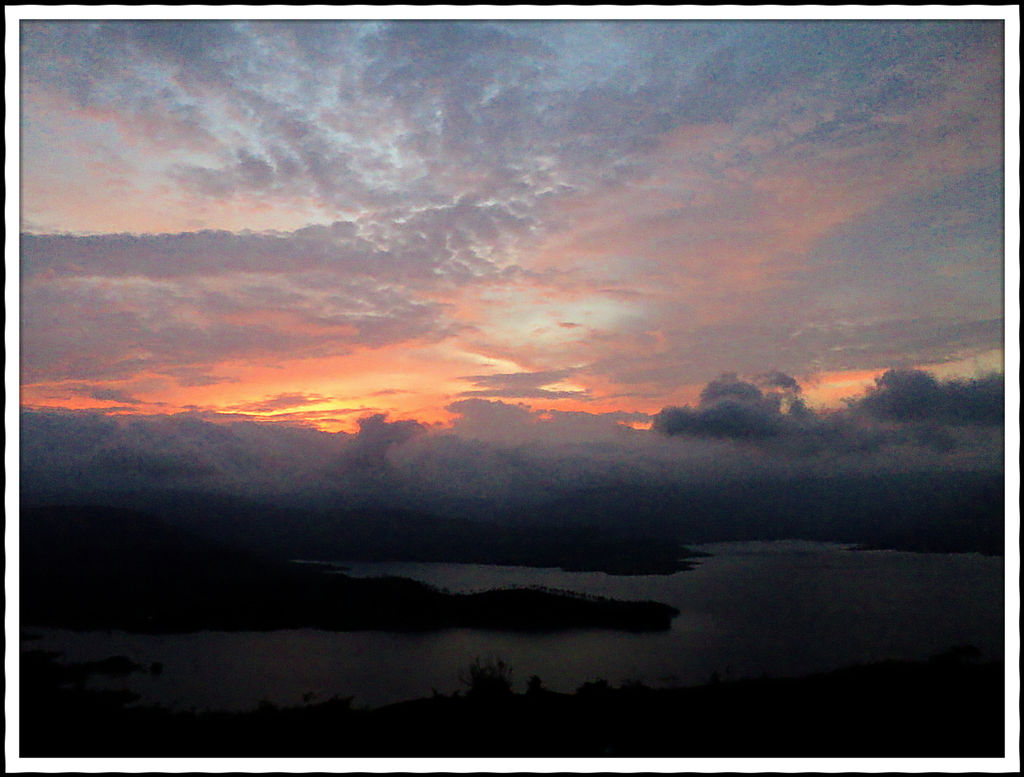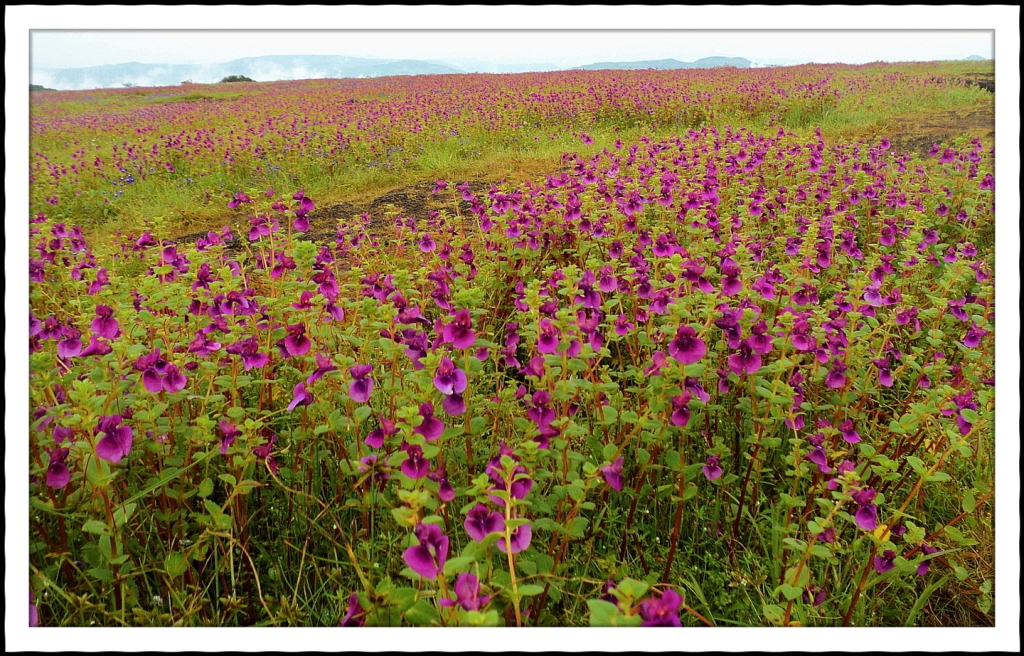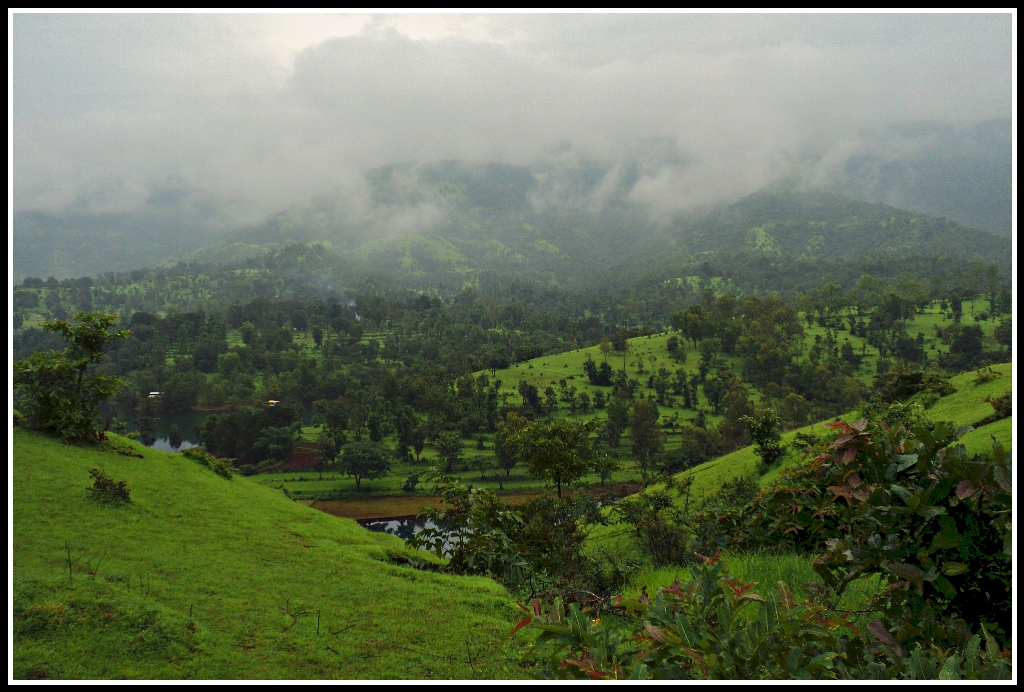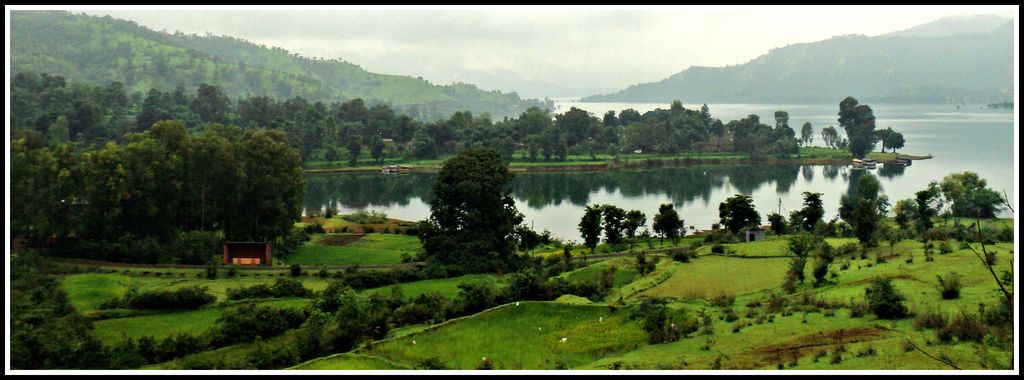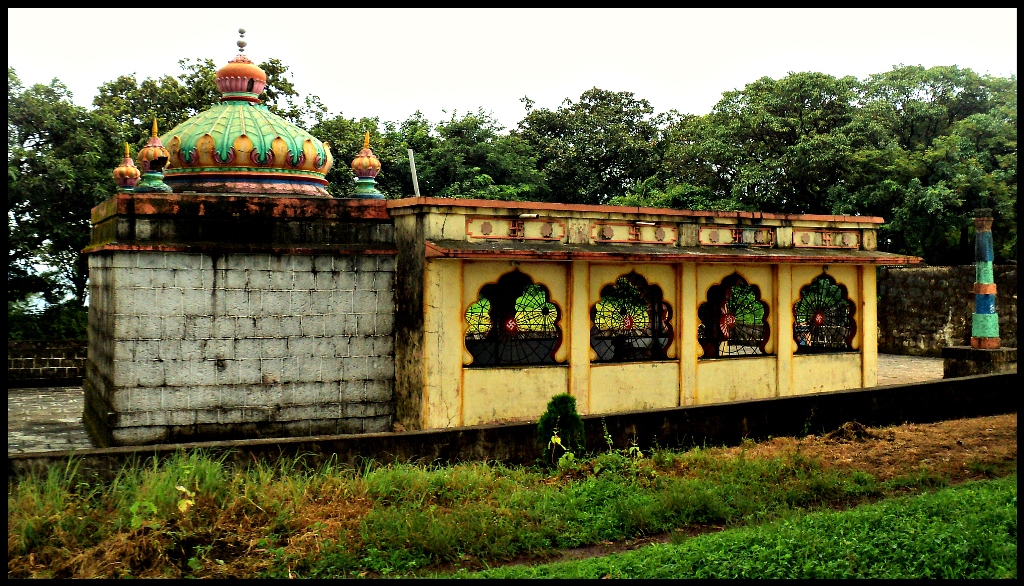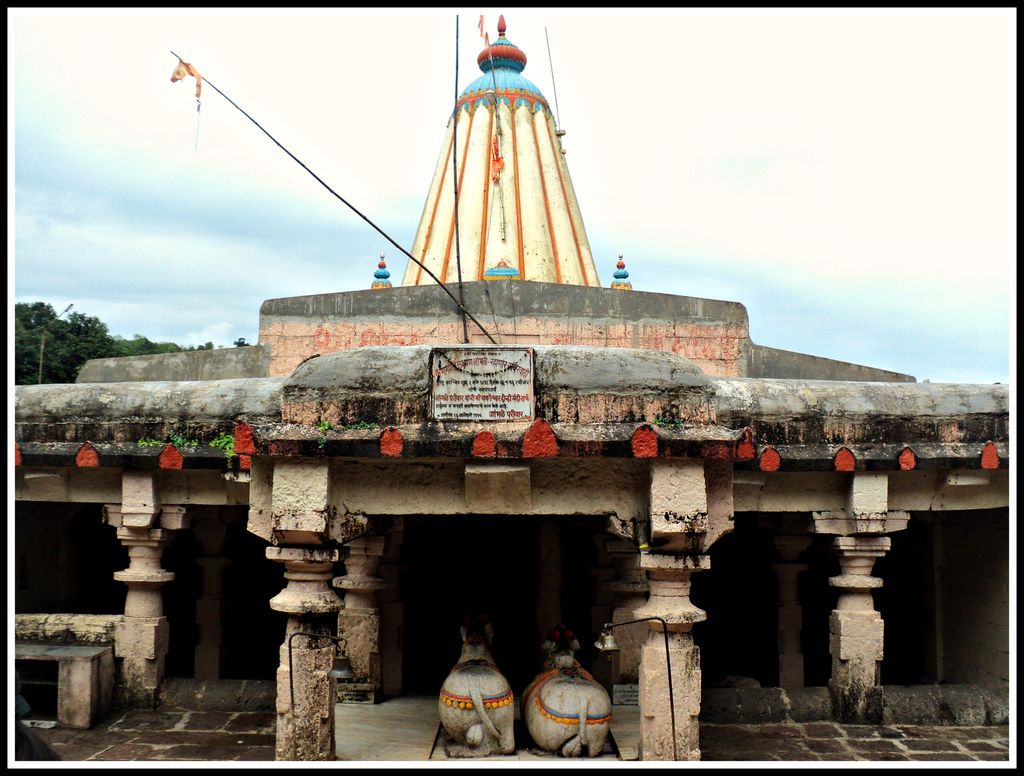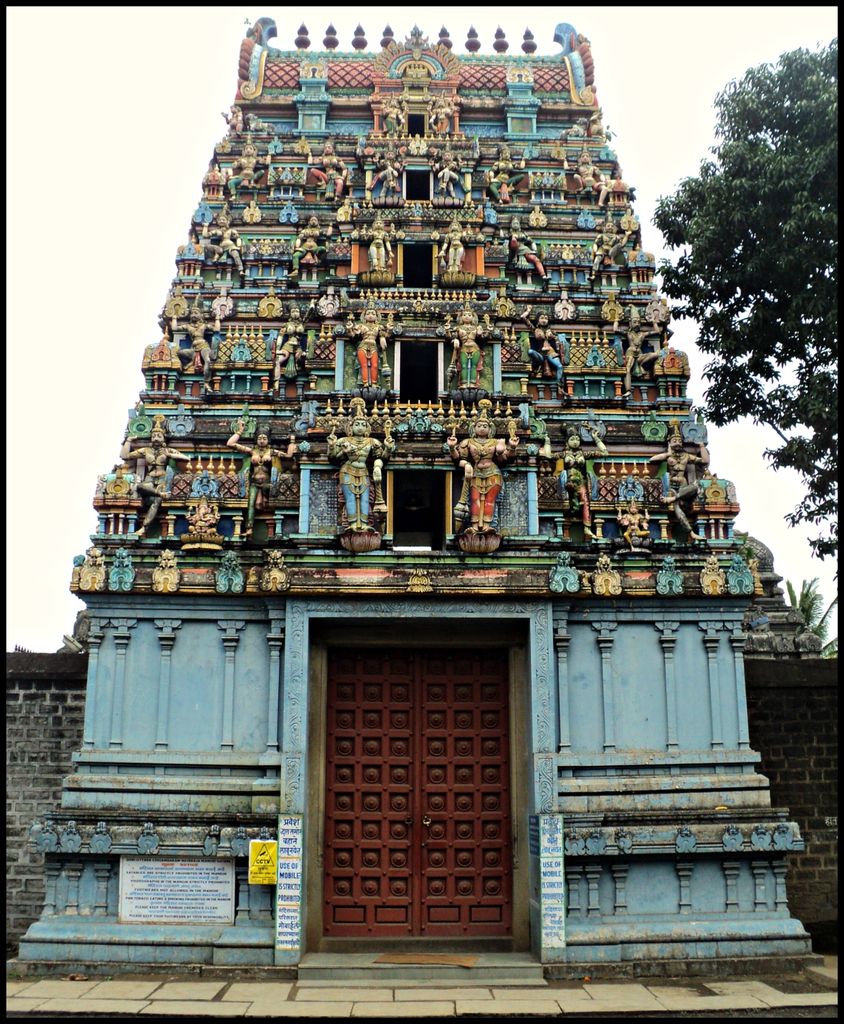I had been planning a trip to Ahmedabad for quite some time and it
finally materialized this year during the Good Friday weekend. One of my
relatives who works in a bank was transferred to Ahmedabad so the
staying problem was solved. Being a IM’er I had already planned the
places to see during my stay in Ahmedabad. I was keen on taking the
heritage walk in the morning as well as the night. However it was closed
during the time I was there. Once the dates were finalized the next
challenge was booking the train tickets. We were a total of 5 adults and
1 child. Booked the tickets in Duronto to and fro. They are timed right
for a weekend trip to Ahmedabad. No food is provided, mineral water is
provided. Don’t go by the berth composition shown on the ticket since it
tends to change. While going to Ahmedabad we had 2 SMB’s (side middle
berth) however the coach did not have any SMB’s. On the return we were
allotted 2 LB’s, 2 MB’s and 2 UB’s however we had 2 SMB’s.
After booking the tickets I informed junior that we will be going to Ahmedabad by train in few days. He asked me “papa blue train mein jayenge” (“would be going in the blue train”). I replied “nahi green train mein jayenge” (“No, we will be going on a green train”). He was surprised at the mention of the green train. He had seen the local trains and while our last trip to the Brij / Bundelkhand region he had seen the blue trains. My father has an habit of leaving early and most of the times we arrive at least 90-120 minutes before the actual departure time. When we reached the platform where the Duronto was to depart from an earlier train was already stationed there. Junior looking at the train said “papa mein yeh train mein nahi jaoonga. Yeh blue train hai. Mujhe green train mein jana hain” (“I will not go in this train. It is blue in color. I want to go in the green train”). After 20 minutes that train departed and then our wait started for the Duronto to arrive. Earlier waiting at the platform was not a problem since I would spend my time people watching and getting amazed at the amount of luggage they carry. However waiting at the platform with a 6 year old boy is a pain. Junior tends to become restless when he has to wait and is more restless if I am not in his sight especially when we are going out somewhere. At home it does not matter if the father is in or out of the home. At last the Duronto arrived and junior jumped up and said “Green train”. Once the train halted we boarded the coach, set our luggage and I went towards the door to check if our names are there on the chart. A practice that my father used to do every time we went out in my childhood days. After confirming that our names were present we waited for the journey to start. The train departed at the right time and reached Ahmedabad at the right time. Nothing to mention about the journey in the train since everybody went off to sleep once the train crossed Borivali.
Our relative was waiting for us at the platform. He had got his office car and had also asked a rickshaw to come to the station to take us home. My parents, sister, Mrs and Junior got in the car and left for home. Then we were waiting for the rickshaw to come to the place where we were standing. It was total chaos at the station at that time. The rickshaw took around 20 minutes to come from the parking lot which was less than a km away. We reached the house in around 30 minutes. My first impression after we crossed the crowded station area was that the roads are broad, clean and relatively traffic free. I then realized that it was early in the morning hence the reason for a traffic free road. We crossed a few landmarks on the way Ellis Bridge over Sabarmati river (from here we could see the riverfront).
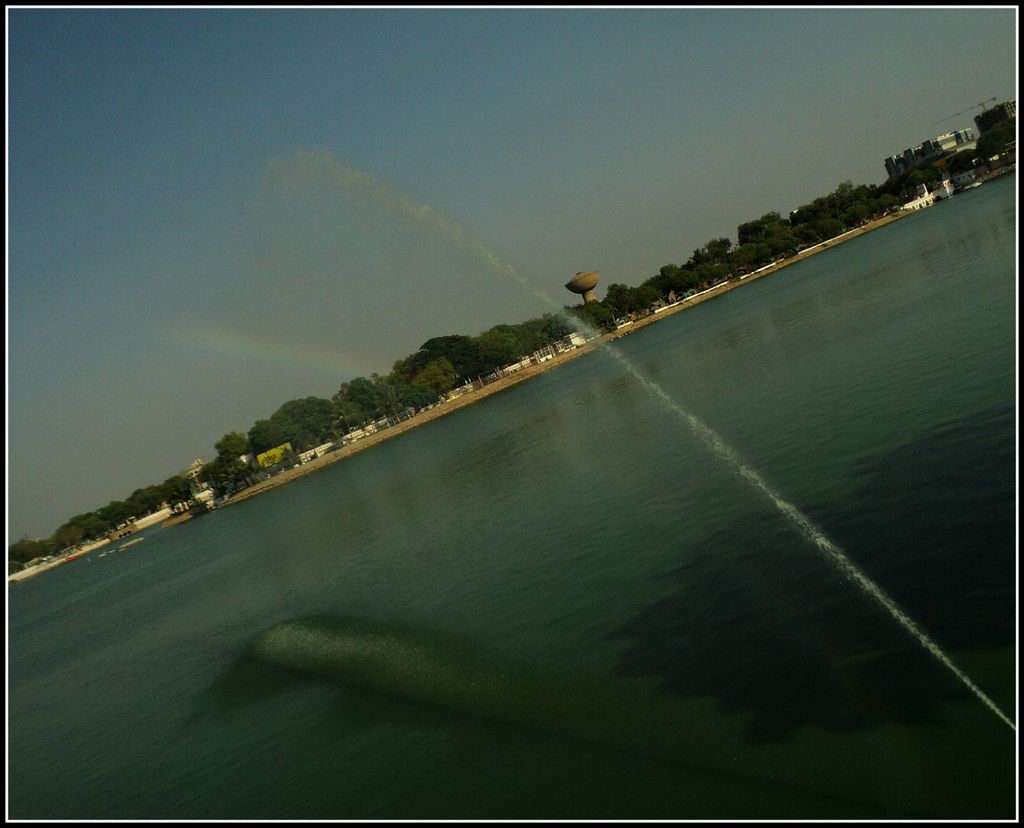
I then re-discussed the plan with my relative and asked him to book a SUV for 2 days. For breakfast we had appam and stew. I can still recollect the taste of the stew. Sorry no snaps of the food consumed were taking during this trip except for the vanilla ice cream with mango topping. Then our plan was to see Kankaria Lake in the early afternoon.
The relative tried calling their regular rickshaw fellow to take us to the lake however he was already engaged somewhere else. So we decided to go on our own. We took 2 rickshaws and proceeded towards the lake. Majority of the crowd enters the lake from Gate no 3 which is also the closest to the station. So if someone does plan on visiting Ahmedabad for a week end they could visit the lake in the evening and take a night train to their destination. The rickshaws in Ahmedabad do ply by meters and more or less they take the correct fare. We reached the lake at 4:00 pm. We also entered the lake from Gate no 3, purchased the entry ticket and reached the lake. As soon as you enter the lake from Gate no 3 you reach the toy train starting point which is on the left hand side and on the right hand side is the Shree Dadu Dayal Dham.
The toy train takes you around the entire lake and you could see quite a few places along the periphery of the lake. There is an zoo, a butterfly park, a balvatika, an amusement park, a kids city, entry to Naginawadi, and a balloon safari. One can easily spend around 5-6 hours in the lake area. We booked the tickets for the toy train and waited for the train to arrive. The train is named ‘Atal Express’ after the former prime minister Atal Behari Vajpayee.
There are 2 engines out of which one is stationed in a shed near the butterfly park. While taking the train ride you can see the entry points for all the above mentioned zones. After the train ride we walked towards the Balloon safari called Ahmedabad Eye. This is dependent on the wind conditions and while we were there is was not operational. Next to it is the Hanging bridge.
Next to it is the butterfly park. There are models of different butterflies kept in the park. However we did not see any live butterfly.
Next is the Aquarium, Open Air Theatre and Kids city. We did not go beyond this since we wanted to visit Naginawadi which is opposite Kids city. Since we had to wait for sunset we utilized the time to see the sunset from Naginawadi.
One can see a few speed boats zooming around. We also saw the Ahmedabad Eye operational when we were there. An opportunity missed. A couple of days later it was raining in Ahmedabad and there was an accident with the balloon safari. Luckily no one was injured. There is a laser show and musical fountain inside Nagingawadi. The show starts just after sunset is for 15 minutes duration.
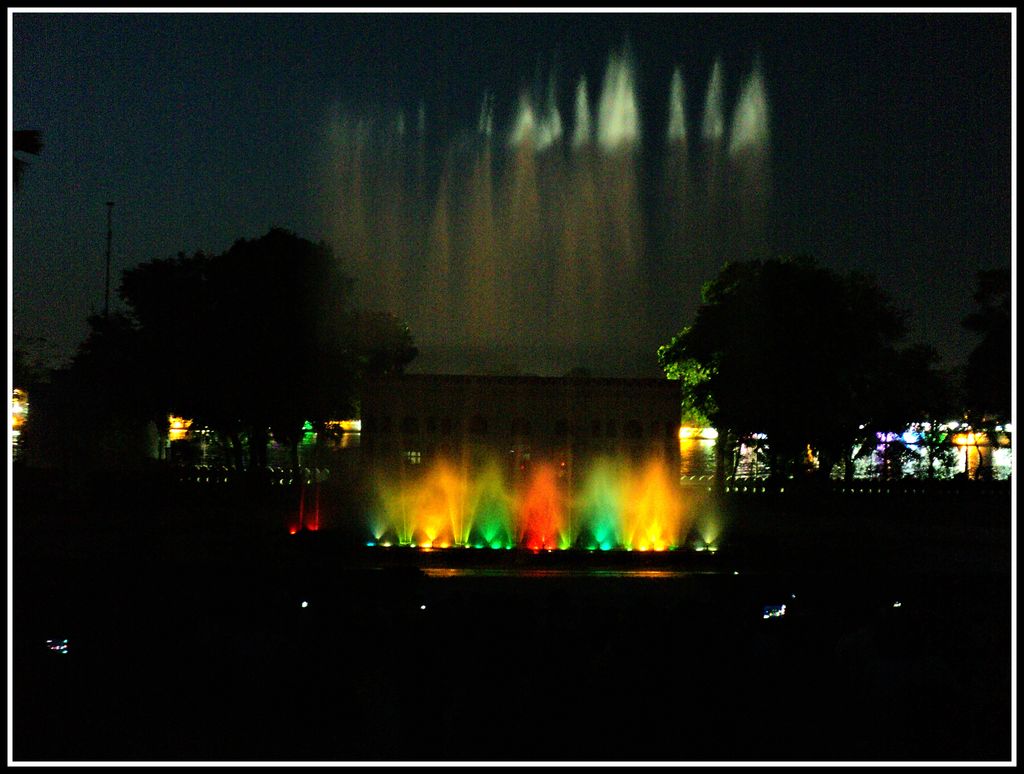 There are around 6-8 shows in a day.
First is a laser show about a song which talks about Gujarat and
Amdavad. The musical fountain follows this and the song played in the
background was ‘Dola re’, ‘Balam Pichkari’ and ‘Mission Impossible
Theme’. I enjoyed the 15 minutes that I spent there since it was the
first time I was seeing something like that. Kids can also do water
zorbing in the lake. Our relative had arranged for his car to pick us up
from the lake to come back home. Right opposite the Naginawadi is Gate
no. 5. We spent a good 4 hours in the garden and we could have spent a
few more if junior and my mother would not have been there.
There are around 6-8 shows in a day.
First is a laser show about a song which talks about Gujarat and
Amdavad. The musical fountain follows this and the song played in the
background was ‘Dola re’, ‘Balam Pichkari’ and ‘Mission Impossible
Theme’. I enjoyed the 15 minutes that I spent there since it was the
first time I was seeing something like that. Kids can also do water
zorbing in the lake. Our relative had arranged for his car to pick us up
from the lake to come back home. Right opposite the Naginawadi is Gate
no. 5. We spent a good 4 hours in the garden and we could have spent a
few more if junior and my mother would not have been there.
As requested the relative had booked a Xylo for us for seeing the sights planned for the day. It is a must to have an A/c vehicle since the climate in Ahmedabad was hot. First stop of the day was Modhera Sun Temple. The roads are in good condition in Gujarat and it helped that we left at 8:00 in the morning which helped us avoid the city traffic if it would have been there. One has to take the state highway 41 to reach Modhera Sun Temple. The route is well marked. We stopped for breakfast at Mehsana chowk. We had some dhokla’s (yellow and white), mini samosa’s, jalebi’s and kachori’s. We reached the Sun Temple at around 10:00 am. On the way to the temple complex towards the left is a museum which contains artifacts discovered in the region during the excavation. An attempt to destroy this temple was done by Allauddin Khilji. Inspite of that attempt there is enough to see in the structures present now. One can see bats inside the temple who have made it their permanent homes. I also saw the nest of a pigeon inside the Guda Mandap.
There are no idols inside the temples and prayers are not offered here. The temple was designed so that first rays of the sun fall on the idol of Surya during equinox. We did not see any guide inside the complex at that of the time of the day. We were lucky to see a couple of big groups who had their guides and we could over hear some information provided to them. After this we went to see the museum. One can use the washroom’s available here which are well maintained. There was some restoration work going in the temple complex. We spent around an hour in the temple and then we left for the next destination.
At around 12:00 noon we reached Rani ni Vav. This structure has been included in the UNSECO World Heritage Site recently. The complex is well maintained with a green cover right from the entrance of the complex right till the start of the step well.
It is hard to believe that nobody knew it existed till late 1950’s since most of the levels were buried. ASI started excavations during 1958 and unearthed the extent of the step well.
We were not able to go beyond the 4th level which was barricaded and a few security guards were stationed there to prevent anyone from going beyond the 4th level. There is still some work going on there. I some time wonder why so much of effort was made to make a step well where animals and people used to come and drink water. I also saw a dog quenching its thirst at a small man made tank near the entrance of the step well.
Again after spending an hour we left the place for the next place. The heat was making it difficult for my parents and junior, so they used the shade where ever they got an opportunity and were also constantly behind me and my sister to take the snaps as soon as possible so that they could return to the vehicle.
We stopped at a way side restaurant to have lunch at around 1:10. By 1:40 we left for Vadnagar at around 3:15. My family had a quick nap by the time we reached Vadnagar. Vadnagar was once upon a time the capital of Gujarat and is said to be a 2500 year old city. It is also the birth place of our current Prime Minister Mr. Narendra Modi who is said to have spent his younger days selling tea at the railway station. The first place that we saw in this place was the Tana Riri Memorial. There is an interesting legend associated to this place. You can read about the legend here.
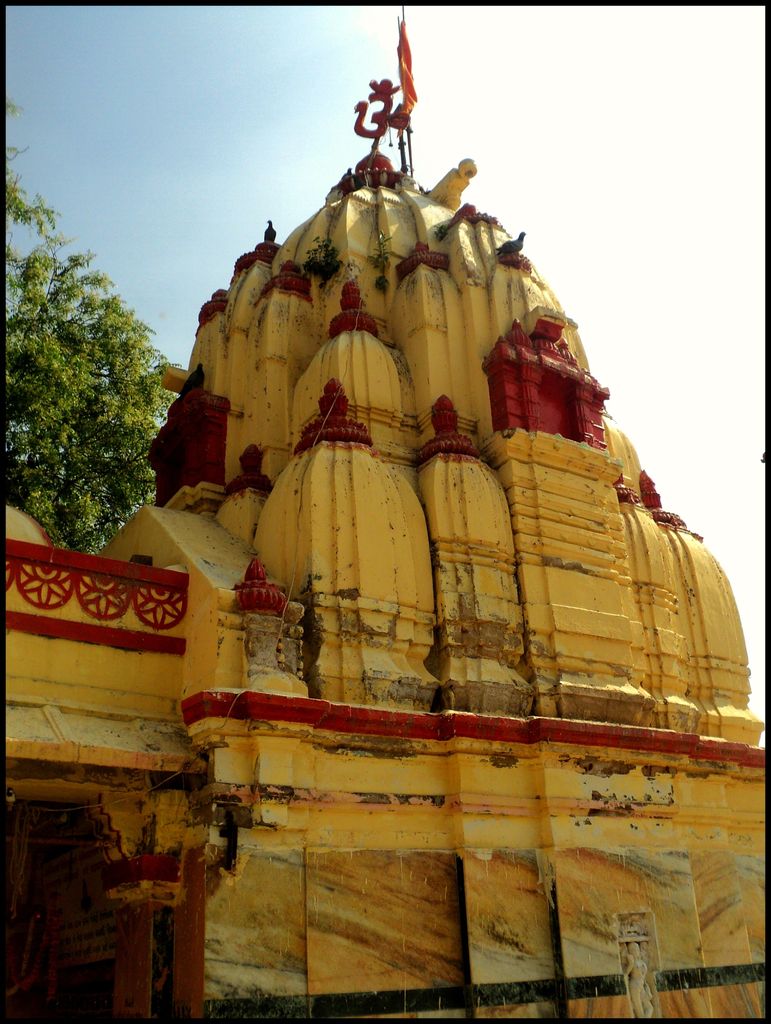
Right next to this memorial is Omkareshwar Temple. Opposite is a small lake and we saw a few painted storks there.
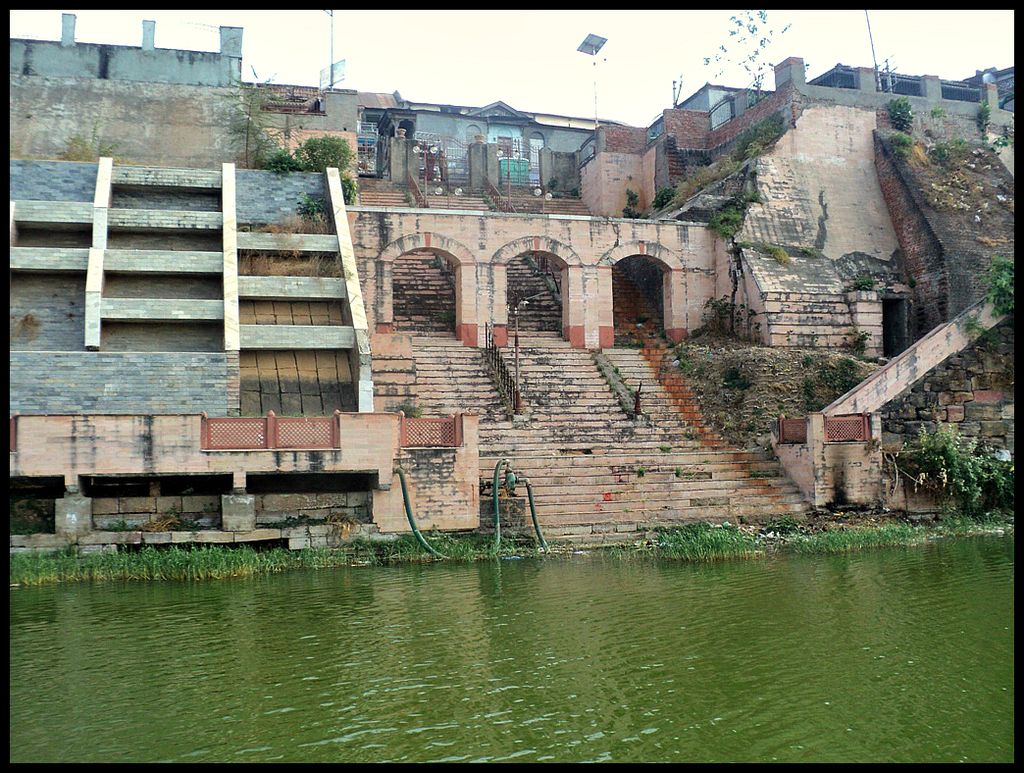
Right at the centre of the city is Sharmishta Lake. This spot is being developed by the state in order to promote more tourism here. There are boating facilities available here. On the border of the lake one can see a bathing ghats which are currently in use.
From the walk way of the lake one can also see the Torans. Then we moved to Hatkeshwar Mahadev Temple, an 1800 year old temple. Read more about the temple here.
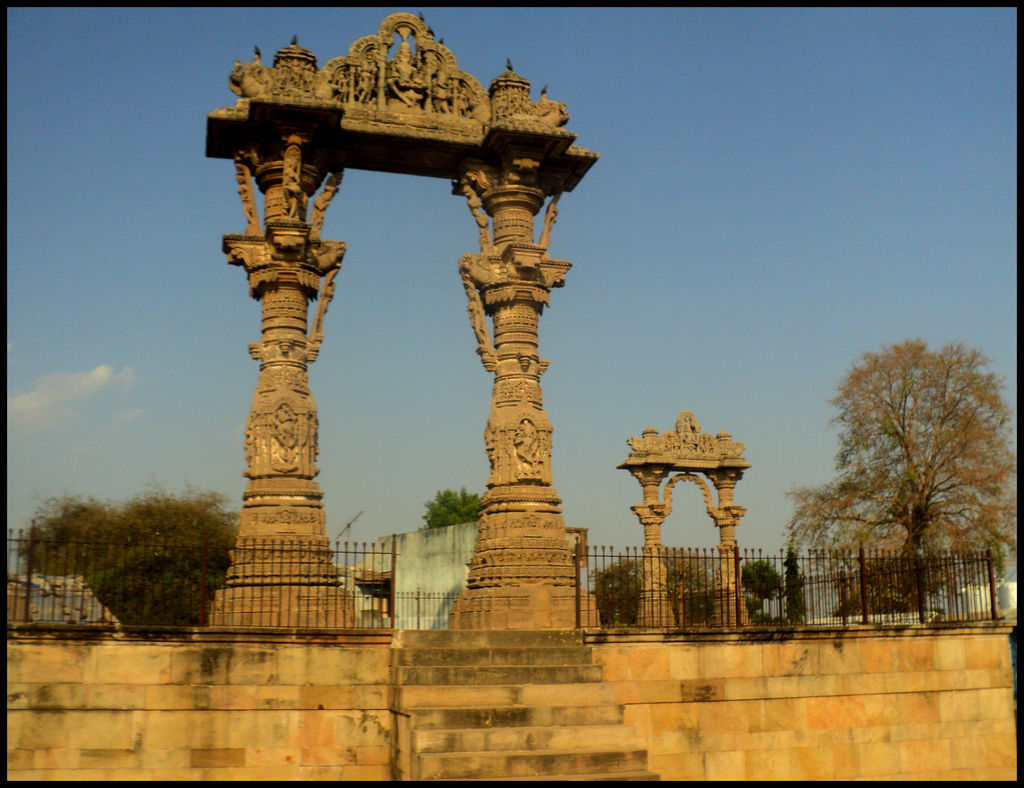 The last stop was the Torans. They belong to the 12th century and are
supposed to be standing at the northern and eastern entrances of a
non-existing temple. It is said to have been built in red and yellow
sandstone without mortar and cementing material. The base of each pillar
occupies a square of more than 2.5 meters giving it stability. Read
more about Vadnagar here.
The last stop was the Torans. They belong to the 12th century and are
supposed to be standing at the northern and eastern entrances of a
non-existing temple. It is said to have been built in red and yellow
sandstone without mortar and cementing material. The base of each pillar
occupies a square of more than 2.5 meters giving it stability. Read
more about Vadnagar here.
In my list there were 2 more places to be covered for the day, Swaminarayan Temple and Adalaj ni Vav. By the time we left Vadnagar it was already 5:10. We stopped in between for a glass of sugar cane juice and then proceeded towards Swaminarayan Temple. No leather stuff, camera, mobile are allowed inside the premises. This is a huge complex which also has a musical fountain which is operational in the evenings. When we returned to the vehicle my relative informed about a Tiruapti Balaji temple in Ahmedabad. That was our last stop for the day. Thus ended our second day of sightseeing for around 13 hours.
The second day started at the same time as the first. Our first stop was Adalaj ni Vav where we reached at 8:45. There is a small temple outside the vav. We first visited the temple and then went towards the vav. This is a small vav when you compare it to Rani ni Vav. This is a 4 storeyed step well. There was some photo shoot going on. Here one is allowed to go till the actual well.
After this the next stop was Sabarmati Ashram. What a peaceful place even though outside it is a busy main road. There are quite a few interesting stuff put up on display regarding about Gandhiji. There is a small library, the house where Gandhiji, Kasturba, Vinoba Bhave, Mirabai etc used to stay.
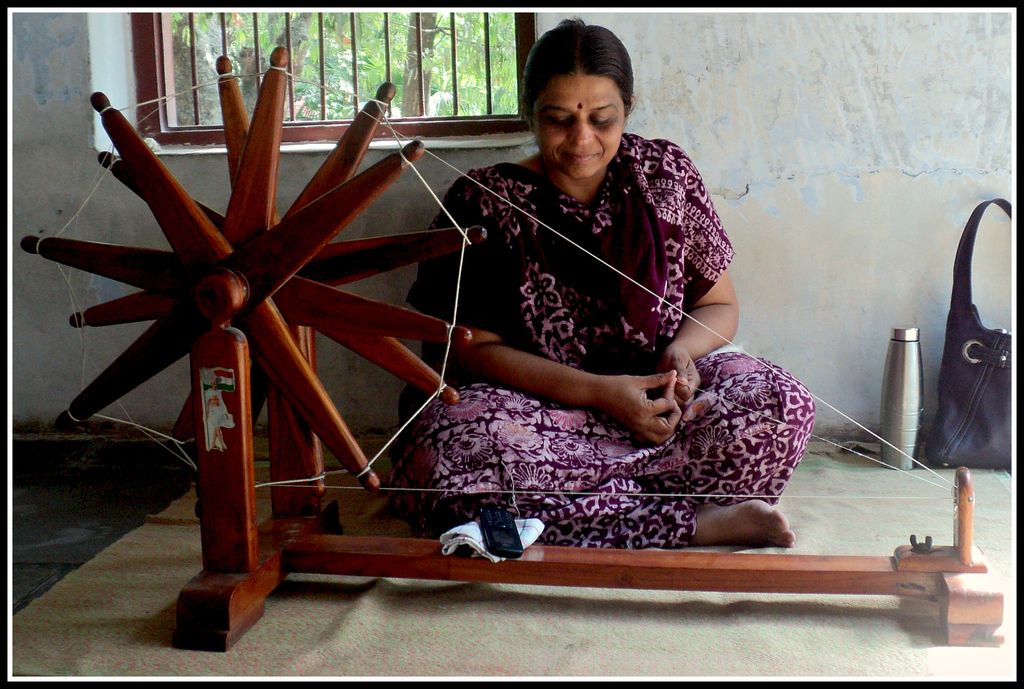 One can also see the work being done on beautifying the Sabarmati
riverfront. Some part of the riverfront elsewhere is visited by the
locals for their evening walk. If one wants to get away from the hectic
city life come here and spend a quite hour or two and rejuvenate your
selves. We were lucky enough to see a lady operating the charka. I
wonder how do they spin a yarn using that device.
One can also see the work being done on beautifying the Sabarmati
riverfront. Some part of the riverfront elsewhere is visited by the
locals for their evening walk. If one wants to get away from the hectic
city life come here and spend a quite hour or two and rejuvenate your
selves. We were lucky enough to see a lady operating the charka. I
wonder how do they spin a yarn using that device.
It was time for breakfast and we stopped at a restaurant to have something for the stomach. After the stomach was satiated we moved on to Hutheesing Jain Temple. As in most Jain temples here also photography is not allowed. Again as in most Jain temple there are some excellent sculptures / carvings inside the temple. The outside of the temple reminds one of the Ranakpur temple. There is also a copy of the Victory Tower that one can see in Chittorgarh. After this I had planned to see Dadahari ni Vav, however the driver was not keen on going there. He said that it is not a good area to visit.
While going on to the next spot we saw the Sidi Saiyyed Mosque whose jali is the logo of IIM Ahmedabad one of the prestigious educational institutes of India. Almost all the windows have some intricate jali work on them.
Then we moved on to Sarkhej Roza. This part of the city is not that developed and one can see the stark difference in the standard of living. This is a big complex with quite a few tombs and a Jama Masjid. There is also a small museum which talks about the history of Sarkhej Roza. If one is not too much of an architecture buff one can skip the place. There are certain parts painted in white inside the complex. These parts help one to walk barefoot inside the complex. The parts which are not painted white are hot enough to burn one’s feet.
The next stop was lunch. My plan was to have lunch at Vishalla and see the utensil museum. I was cursing myself for misunderstanding what was mentioned on their website. On their website it is written
Next stop was the Vaishno Devi temple in Ahmedabad. Just like the actual Vaishno Devi temple this temple gives you an impression of being on top of a hill. This also has a cave which one has to crawl through to reach the temple. This is not necessary for senior citizens and they can skip the crawling part and directly reach the next level. Junior does not like to get his feet dirty. Even if he finds some dirt on the sole of the footwear he could ask either parent to clean it and only when it looks clean to his satisfaction he will wear the footwear. When we were crawling in the temple there was a part where the cave was a bit wet. I was last in my group, before me was junior who was following the Mrs. Seeing the wet floor junior stopped and asked me to lift him since he did not want to dirty his feet. I could not lift him so asked him to crawl as it was impossible for me to lift him. After we came out of the cave junior said “papa bahut majha aaya tunnel mein. Chalo phir se karte hain”. (I enjoyed a lot in the tunnel. Let’s do it again). I spent 15 minutes explaining why we could not repeat the crawling exercise.

After this the next and last stop of the day was Trimandir. We reached home at 5:15 on the 3rd day since all were local sights.
 Most of the main roads in the town are reserved for Bus Rapid Transport
System. These are AC buses and run only in those roads. No other
vehicles are allowed on that road. After 2 days of being continuously on
the vehicle, the 4th day did not involve any sightseeing. My relative
informed father of a Kartikeya Temple and a Devi Temple in the Maninagar
region. He arranged for his vehicle to pick us up at 5:00 in the
evening. The driver took this opportunity to show us a few sights from
the vehicle. These included the shaking minarets, Ahmad Shah Mosque,
Bhadra Fort, Town Hall, Law Garden Road etc. Junior asked “papa green
train mein hi jaana hai na?” (We have to go in the green train right).
We reached home at 7:30, started packing, had dinner and reached the
station as usual 90 minutes before the scheduled departure of the train.
Again the parents had a tough time with their 6 year old son.
Most of the main roads in the town are reserved for Bus Rapid Transport
System. These are AC buses and run only in those roads. No other
vehicles are allowed on that road. After 2 days of being continuously on
the vehicle, the 4th day did not involve any sightseeing. My relative
informed father of a Kartikeya Temple and a Devi Temple in the Maninagar
region. He arranged for his vehicle to pick us up at 5:00 in the
evening. The driver took this opportunity to show us a few sights from
the vehicle. These included the shaking minarets, Ahmad Shah Mosque,
Bhadra Fort, Town Hall, Law Garden Road etc. Junior asked “papa green
train mein hi jaana hai na?” (We have to go in the green train right).
We reached home at 7:30, started packing, had dinner and reached the
station as usual 90 minutes before the scheduled departure of the train.
Again the parents had a tough time with their 6 year old son.
After booking the tickets I informed junior that we will be going to Ahmedabad by train in few days. He asked me “papa blue train mein jayenge” (“would be going in the blue train”). I replied “nahi green train mein jayenge” (“No, we will be going on a green train”). He was surprised at the mention of the green train. He had seen the local trains and while our last trip to the Brij / Bundelkhand region he had seen the blue trains. My father has an habit of leaving early and most of the times we arrive at least 90-120 minutes before the actual departure time. When we reached the platform where the Duronto was to depart from an earlier train was already stationed there. Junior looking at the train said “papa mein yeh train mein nahi jaoonga. Yeh blue train hai. Mujhe green train mein jana hain” (“I will not go in this train. It is blue in color. I want to go in the green train”). After 20 minutes that train departed and then our wait started for the Duronto to arrive. Earlier waiting at the platform was not a problem since I would spend my time people watching and getting amazed at the amount of luggage they carry. However waiting at the platform with a 6 year old boy is a pain. Junior tends to become restless when he has to wait and is more restless if I am not in his sight especially when we are going out somewhere. At home it does not matter if the father is in or out of the home. At last the Duronto arrived and junior jumped up and said “Green train”. Once the train halted we boarded the coach, set our luggage and I went towards the door to check if our names are there on the chart. A practice that my father used to do every time we went out in my childhood days. After confirming that our names were present we waited for the journey to start. The train departed at the right time and reached Ahmedabad at the right time. Nothing to mention about the journey in the train since everybody went off to sleep once the train crossed Borivali.
Our relative was waiting for us at the platform. He had got his office car and had also asked a rickshaw to come to the station to take us home. My parents, sister, Mrs and Junior got in the car and left for home. Then we were waiting for the rickshaw to come to the place where we were standing. It was total chaos at the station at that time. The rickshaw took around 20 minutes to come from the parking lot which was less than a km away. We reached the house in around 30 minutes. My first impression after we crossed the crowded station area was that the roads are broad, clean and relatively traffic free. I then realized that it was early in the morning hence the reason for a traffic free road. We crossed a few landmarks on the way Ellis Bridge over Sabarmati river (from here we could see the riverfront).

I then re-discussed the plan with my relative and asked him to book a SUV for 2 days. For breakfast we had appam and stew. I can still recollect the taste of the stew. Sorry no snaps of the food consumed were taking during this trip except for the vanilla ice cream with mango topping. Then our plan was to see Kankaria Lake in the early afternoon.
The relative tried calling their regular rickshaw fellow to take us to the lake however he was already engaged somewhere else. So we decided to go on our own. We took 2 rickshaws and proceeded towards the lake. Majority of the crowd enters the lake from Gate no 3 which is also the closest to the station. So if someone does plan on visiting Ahmedabad for a week end they could visit the lake in the evening and take a night train to their destination. The rickshaws in Ahmedabad do ply by meters and more or less they take the correct fare. We reached the lake at 4:00 pm. We also entered the lake from Gate no 3, purchased the entry ticket and reached the lake. As soon as you enter the lake from Gate no 3 you reach the toy train starting point which is on the left hand side and on the right hand side is the Shree Dadu Dayal Dham.
The toy train takes you around the entire lake and you could see quite a few places along the periphery of the lake. There is an zoo, a butterfly park, a balvatika, an amusement park, a kids city, entry to Naginawadi, and a balloon safari. One can easily spend around 5-6 hours in the lake area. We booked the tickets for the toy train and waited for the train to arrive. The train is named ‘Atal Express’ after the former prime minister Atal Behari Vajpayee.
There are 2 engines out of which one is stationed in a shed near the butterfly park. While taking the train ride you can see the entry points for all the above mentioned zones. After the train ride we walked towards the Balloon safari called Ahmedabad Eye. This is dependent on the wind conditions and while we were there is was not operational. Next to it is the Hanging bridge.
Next to it is the butterfly park. There are models of different butterflies kept in the park. However we did not see any live butterfly.
Next is the Aquarium, Open Air Theatre and Kids city. We did not go beyond this since we wanted to visit Naginawadi which is opposite Kids city. Since we had to wait for sunset we utilized the time to see the sunset from Naginawadi.
One can see a few speed boats zooming around. We also saw the Ahmedabad Eye operational when we were there. An opportunity missed. A couple of days later it was raining in Ahmedabad and there was an accident with the balloon safari. Luckily no one was injured. There is a laser show and musical fountain inside Nagingawadi. The show starts just after sunset is for 15 minutes duration.
 There are around 6-8 shows in a day.
First is a laser show about a song which talks about Gujarat and
Amdavad. The musical fountain follows this and the song played in the
background was ‘Dola re’, ‘Balam Pichkari’ and ‘Mission Impossible
Theme’. I enjoyed the 15 minutes that I spent there since it was the
first time I was seeing something like that. Kids can also do water
zorbing in the lake. Our relative had arranged for his car to pick us up
from the lake to come back home. Right opposite the Naginawadi is Gate
no. 5. We spent a good 4 hours in the garden and we could have spent a
few more if junior and my mother would not have been there.
There are around 6-8 shows in a day.
First is a laser show about a song which talks about Gujarat and
Amdavad. The musical fountain follows this and the song played in the
background was ‘Dola re’, ‘Balam Pichkari’ and ‘Mission Impossible
Theme’. I enjoyed the 15 minutes that I spent there since it was the
first time I was seeing something like that. Kids can also do water
zorbing in the lake. Our relative had arranged for his car to pick us up
from the lake to come back home. Right opposite the Naginawadi is Gate
no. 5. We spent a good 4 hours in the garden and we could have spent a
few more if junior and my mother would not have been there.As requested the relative had booked a Xylo for us for seeing the sights planned for the day. It is a must to have an A/c vehicle since the climate in Ahmedabad was hot. First stop of the day was Modhera Sun Temple. The roads are in good condition in Gujarat and it helped that we left at 8:00 in the morning which helped us avoid the city traffic if it would have been there. One has to take the state highway 41 to reach Modhera Sun Temple. The route is well marked. We stopped for breakfast at Mehsana chowk. We had some dhokla’s (yellow and white), mini samosa’s, jalebi’s and kachori’s. We reached the Sun Temple at around 10:00 am. On the way to the temple complex towards the left is a museum which contains artifacts discovered in the region during the excavation. An attempt to destroy this temple was done by Allauddin Khilji. Inspite of that attempt there is enough to see in the structures present now. One can see bats inside the temple who have made it their permanent homes. I also saw the nest of a pigeon inside the Guda Mandap.
There are no idols inside the temples and prayers are not offered here. The temple was designed so that first rays of the sun fall on the idol of Surya during equinox. We did not see any guide inside the complex at that of the time of the day. We were lucky to see a couple of big groups who had their guides and we could over hear some information provided to them. After this we went to see the museum. One can use the washroom’s available here which are well maintained. There was some restoration work going in the temple complex. We spent around an hour in the temple and then we left for the next destination.
At around 12:00 noon we reached Rani ni Vav. This structure has been included in the UNSECO World Heritage Site recently. The complex is well maintained with a green cover right from the entrance of the complex right till the start of the step well.
It is hard to believe that nobody knew it existed till late 1950’s since most of the levels were buried. ASI started excavations during 1958 and unearthed the extent of the step well.
We were not able to go beyond the 4th level which was barricaded and a few security guards were stationed there to prevent anyone from going beyond the 4th level. There is still some work going on there. I some time wonder why so much of effort was made to make a step well where animals and people used to come and drink water. I also saw a dog quenching its thirst at a small man made tank near the entrance of the step well.
Again after spending an hour we left the place for the next place. The heat was making it difficult for my parents and junior, so they used the shade where ever they got an opportunity and were also constantly behind me and my sister to take the snaps as soon as possible so that they could return to the vehicle.
We stopped at a way side restaurant to have lunch at around 1:10. By 1:40 we left for Vadnagar at around 3:15. My family had a quick nap by the time we reached Vadnagar. Vadnagar was once upon a time the capital of Gujarat and is said to be a 2500 year old city. It is also the birth place of our current Prime Minister Mr. Narendra Modi who is said to have spent his younger days selling tea at the railway station. The first place that we saw in this place was the Tana Riri Memorial. There is an interesting legend associated to this place. You can read about the legend here.

Right next to this memorial is Omkareshwar Temple. Opposite is a small lake and we saw a few painted storks there.

Right at the centre of the city is Sharmishta Lake. This spot is being developed by the state in order to promote more tourism here. There are boating facilities available here. On the border of the lake one can see a bathing ghats which are currently in use.
From the walk way of the lake one can also see the Torans. Then we moved to Hatkeshwar Mahadev Temple, an 1800 year old temple. Read more about the temple here.
 The last stop was the Torans. They belong to the 12th century and are
supposed to be standing at the northern and eastern entrances of a
non-existing temple. It is said to have been built in red and yellow
sandstone without mortar and cementing material. The base of each pillar
occupies a square of more than 2.5 meters giving it stability. Read
more about Vadnagar here.
The last stop was the Torans. They belong to the 12th century and are
supposed to be standing at the northern and eastern entrances of a
non-existing temple. It is said to have been built in red and yellow
sandstone without mortar and cementing material. The base of each pillar
occupies a square of more than 2.5 meters giving it stability. Read
more about Vadnagar here.In my list there were 2 more places to be covered for the day, Swaminarayan Temple and Adalaj ni Vav. By the time we left Vadnagar it was already 5:10. We stopped in between for a glass of sugar cane juice and then proceeded towards Swaminarayan Temple. No leather stuff, camera, mobile are allowed inside the premises. This is a huge complex which also has a musical fountain which is operational in the evenings. When we returned to the vehicle my relative informed about a Tiruapti Balaji temple in Ahmedabad. That was our last stop for the day. Thus ended our second day of sightseeing for around 13 hours.
The second day started at the same time as the first. Our first stop was Adalaj ni Vav where we reached at 8:45. There is a small temple outside the vav. We first visited the temple and then went towards the vav. This is a small vav when you compare it to Rani ni Vav. This is a 4 storeyed step well. There was some photo shoot going on. Here one is allowed to go till the actual well.
After this the next stop was Sabarmati Ashram. What a peaceful place even though outside it is a busy main road. There are quite a few interesting stuff put up on display regarding about Gandhiji. There is a small library, the house where Gandhiji, Kasturba, Vinoba Bhave, Mirabai etc used to stay.
 One can also see the work being done on beautifying the Sabarmati
riverfront. Some part of the riverfront elsewhere is visited by the
locals for their evening walk. If one wants to get away from the hectic
city life come here and spend a quite hour or two and rejuvenate your
selves. We were lucky enough to see a lady operating the charka. I
wonder how do they spin a yarn using that device.
One can also see the work being done on beautifying the Sabarmati
riverfront. Some part of the riverfront elsewhere is visited by the
locals for their evening walk. If one wants to get away from the hectic
city life come here and spend a quite hour or two and rejuvenate your
selves. We were lucky enough to see a lady operating the charka. I
wonder how do they spin a yarn using that device.It was time for breakfast and we stopped at a restaurant to have something for the stomach. After the stomach was satiated we moved on to Hutheesing Jain Temple. As in most Jain temples here also photography is not allowed. Again as in most Jain temple there are some excellent sculptures / carvings inside the temple. The outside of the temple reminds one of the Ranakpur temple. There is also a copy of the Victory Tower that one can see in Chittorgarh. After this I had planned to see Dadahari ni Vav, however the driver was not keen on going there. He said that it is not a good area to visit.
While going on to the next spot we saw the Sidi Saiyyed Mosque whose jali is the logo of IIM Ahmedabad one of the prestigious educational institutes of India. Almost all the windows have some intricate jali work on them.
Then we moved on to Sarkhej Roza. This part of the city is not that developed and one can see the stark difference in the standard of living. This is a big complex with quite a few tombs and a Jama Masjid. There is also a small museum which talks about the history of Sarkhej Roza. If one is not too much of an architecture buff one can skip the place. There are certain parts painted in white inside the complex. These parts help one to walk barefoot inside the complex. The parts which are not painted white are hot enough to burn one’s feet.
The next stop was lunch. My plan was to have lunch at Vishalla and see the utensil museum. I was cursing myself for misunderstanding what was mentioned on their website. On their website it is written
"Lunch bookings are accepted only on orders for 100 persons and more. The timings for lunch are from 11:00 to 15:00"
My understanding was after 100 people they would not accept anymore.
Till now everything was as per plan and I could get indications from my
father that he was happy with his son’s planning and then comes this.
The first problem in a till now fine plan. The person at the counter was
kind enough to let us spend some time inside the hotel. I asked if we
could at least visit the utensil museum to which the answer was that the
museum opens at 3:00 in the afternoon. At that time 1:20, so another
1:40 minutes to go. So we spent some time inside the complex and then
left and had a Gujarati Thali on the way.Next stop was the Vaishno Devi temple in Ahmedabad. Just like the actual Vaishno Devi temple this temple gives you an impression of being on top of a hill. This also has a cave which one has to crawl through to reach the temple. This is not necessary for senior citizens and they can skip the crawling part and directly reach the next level. Junior does not like to get his feet dirty. Even if he finds some dirt on the sole of the footwear he could ask either parent to clean it and only when it looks clean to his satisfaction he will wear the footwear. When we were crawling in the temple there was a part where the cave was a bit wet. I was last in my group, before me was junior who was following the Mrs. Seeing the wet floor junior stopped and asked me to lift him since he did not want to dirty his feet. I could not lift him so asked him to crawl as it was impossible for me to lift him. After we came out of the cave junior said “papa bahut majha aaya tunnel mein. Chalo phir se karte hain”. (I enjoyed a lot in the tunnel. Let’s do it again). I spent 15 minutes explaining why we could not repeat the crawling exercise.

After this the next and last stop of the day was Trimandir. We reached home at 5:15 on the 3rd day since all were local sights.
 Most of the main roads in the town are reserved for Bus Rapid Transport
System. These are AC buses and run only in those roads. No other
vehicles are allowed on that road. After 2 days of being continuously on
the vehicle, the 4th day did not involve any sightseeing. My relative
informed father of a Kartikeya Temple and a Devi Temple in the Maninagar
region. He arranged for his vehicle to pick us up at 5:00 in the
evening. The driver took this opportunity to show us a few sights from
the vehicle. These included the shaking minarets, Ahmad Shah Mosque,
Bhadra Fort, Town Hall, Law Garden Road etc. Junior asked “papa green
train mein hi jaana hai na?” (We have to go in the green train right).
We reached home at 7:30, started packing, had dinner and reached the
station as usual 90 minutes before the scheduled departure of the train.
Again the parents had a tough time with their 6 year old son.
Most of the main roads in the town are reserved for Bus Rapid Transport
System. These are AC buses and run only in those roads. No other
vehicles are allowed on that road. After 2 days of being continuously on
the vehicle, the 4th day did not involve any sightseeing. My relative
informed father of a Kartikeya Temple and a Devi Temple in the Maninagar
region. He arranged for his vehicle to pick us up at 5:00 in the
evening. The driver took this opportunity to show us a few sights from
the vehicle. These included the shaking minarets, Ahmad Shah Mosque,
Bhadra Fort, Town Hall, Law Garden Road etc. Junior asked “papa green
train mein hi jaana hai na?” (We have to go in the green train right).
We reached home at 7:30, started packing, had dinner and reached the
station as usual 90 minutes before the scheduled departure of the train.
Again the parents had a tough time with their 6 year old son.